A collection of philosopher John Locke‘s papers at the Bodleian Library includes letters, accounts, poetry, notes on medicine and books, and recipes. When David Armitage posted this recipe for pancakes in the Bodleian collection on Twitter, I knew that I wanted to try it. These rich, nutmeg-scented pancakes are absolutely delicious. (Many thanks to Rhae Lynn Barnes and the other readers who immediately sent this recipe my way.)
In Philip Long’s catalog of the collection at the Bodleian, he notes that this recipe, and a few others, were written by Locke: “A collection of twelve recipes dated 1675-94, of which three (fols. 85, 89, 91) are in Locke’s hand” (2). The next time I visit Oxford for research, I will be excited to see this recipe as well as the eleven others in this set of miscellaneous papers.
Original Recipe
Oxford, Bodleian Libraries MSS. Locke c. 25, fol. 85. (Photo from David Armitage)
pancakes
Take sweet cream 3/4 + pint. Flower a
quarter of a pound. Eggs four 7 leave out two 4 of
the whites. Beat the Eggs very well. Then put in
the flower, beat it a quarter of an hower. Then
put in six spoonfulls of the Cream, beat it a litle
Take new sweet butter half a pound. Melt it to oyle, &
take off the skum, power in all the clear by degrees
beating it all the time. Then put in the rest of
your cream. beat it well. Half a grated nutmeg
& litle orangeflower water. Frie it without butter.
This is the right way
From the start, I was intrigued by the cross-outs and other notes in the recipe. It appears that it was first drafted (or prepared) using significantly fewer eggs. The modifier “new” was added before “sweet butter” at some point. Locke may have written the final note “This is the right way” as part of the initial draft or after the recipe was prepared. Locke was attentive to the details of separating and whisking eggs as well as adding just the right amount of orange blossom water (“litle”) and nutmeg (“Half a grated nutmeg”) – an exceptional, expensive amount.
Like the other seventeenth- and eighteenth-century pancakes that I’ve tried, these fall somewhere between crêpes and American pancakes: They’re a bit fluffier and fattier than a classic French crêpe and have far less rise than my favorite American breakfast version. My spouse, Joseph, described Locke’s pancakes as somewhere between a classic English pancake and a Scotch pancake (or Scottish pancake).
Many of the commenters on Twitter balked at the instruction to beat the eggs and flour for a “quarter of an hower.” These extended mixing times, however, are common in early modern recipes. While I did prepare my version using a hand-held mixer to ensure thorough beating, I did reduce the mixing time to avoid over-mixing which can lead to a chewy pancake. From what I know about historical and contemporary flour milling, this would not have been a concern for Locke or his cook.
Updated Recipe
Makes approximately 10 8-inch pancakes
1 cup butter (2 sticks, 1/2 lb, 226g)
3 whole eggs plus 4 additional egg yolks
1 cup flour (1/4 lb, 113g)
1 1/2 cups heavy cream
1 Tablespoon orange blossom water
half a nutmeg, grated
First, melt the butter. Set it aside.
Put the whole eggs and egg yolks in a large bowl. Beat with a whisk or hand-held mixer until well combined.
Add the flour and beat until smooth and completely combined. Add 6 Tablespoons of the cream to the egg flour mixture and mix until combined. While stirring or beating, pour in the melted butter. Add the remaining cream and orange blossom water and stir to combine. Grate 1/2 a nutmeg and stir into batter.
Heat a frying pan or skillet on a high heat until a drop of water skitters across the surface. Lower the heat to medium.
Pour approximately half a cup of batter into the center of the pan and spread by swirling the pan to create an 8-inch pancake. Cook for 1 minute or until the edges of the pancake lift and appear lacy and the middle looks mostly set. Flip the pancake and cook for an additional 30 seconds.
Repeat until your batter is gone. Serve the pancakes immediately.
The Results
Between the rich dairy and the fragrant nutmeg, these pancakes made for a decadent breakfast. When Locke wrote down, and perhaps prepared this recipe, the eggs, cream, butter, and flour would all have been ingredients ready to hand in many households. The addition of so much nutmeg and a dash of orange blossom water elevates this specific pancake recipe to a special treat.
I certainly enjoyed sitting down with a plate of pancakes drizzled with a little bit of honey, a cup of coffee, and an old, heavily annotated copy of Locke that I read for a class that I took more than a decade ago. If you make these pancakes on a future winter morning or as part of your holiday vacation, be sure to let me know.












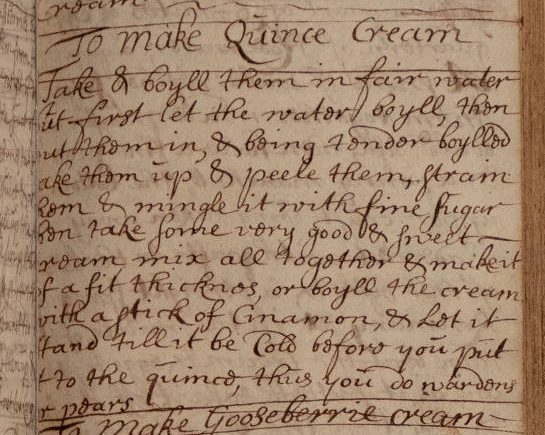





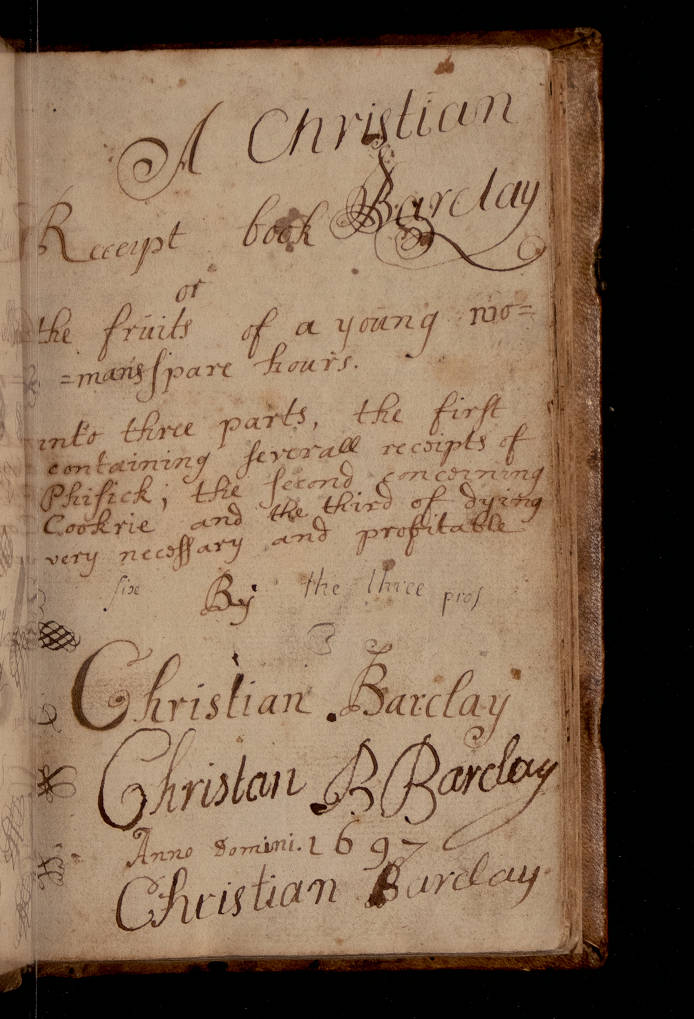
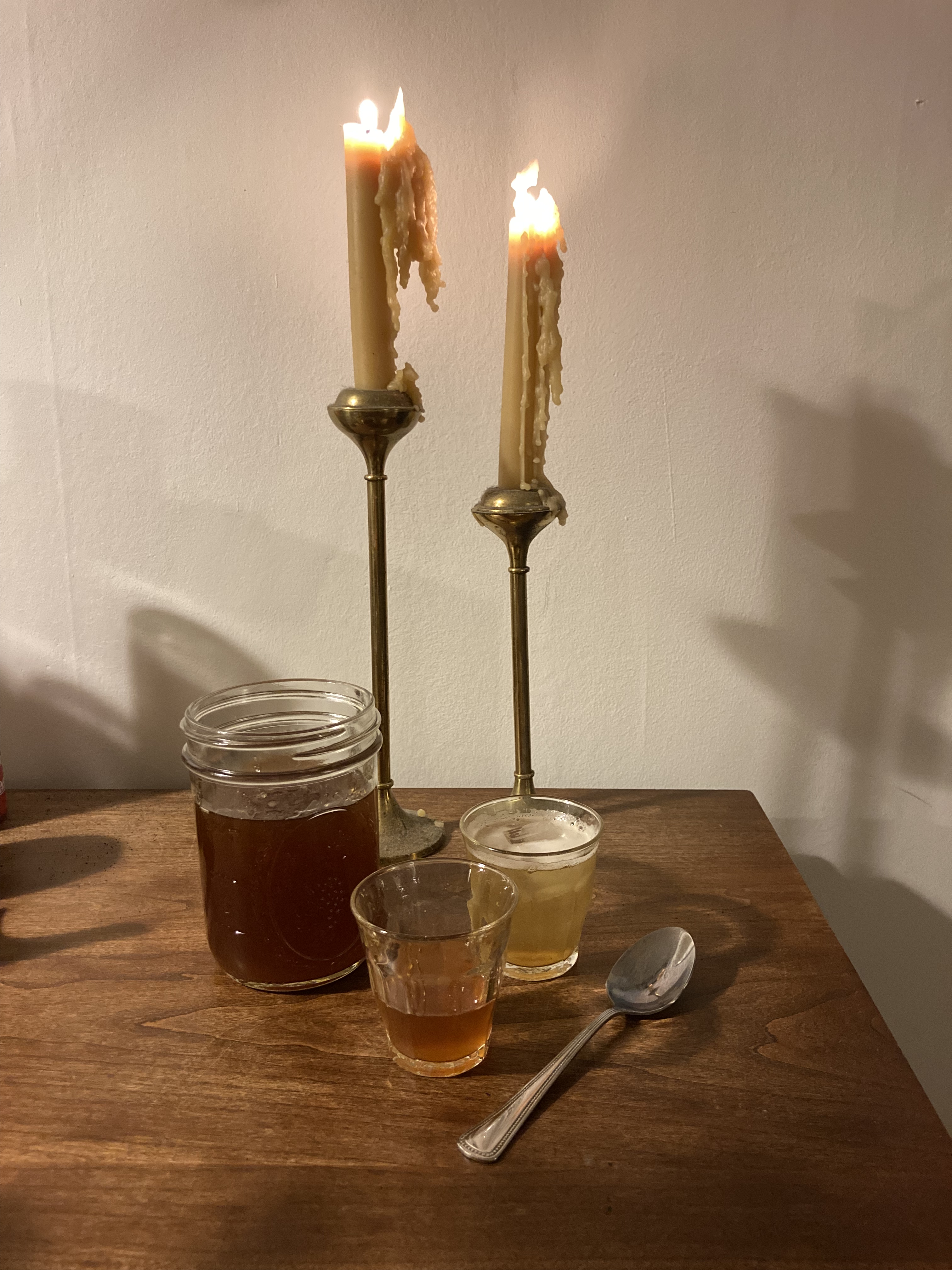



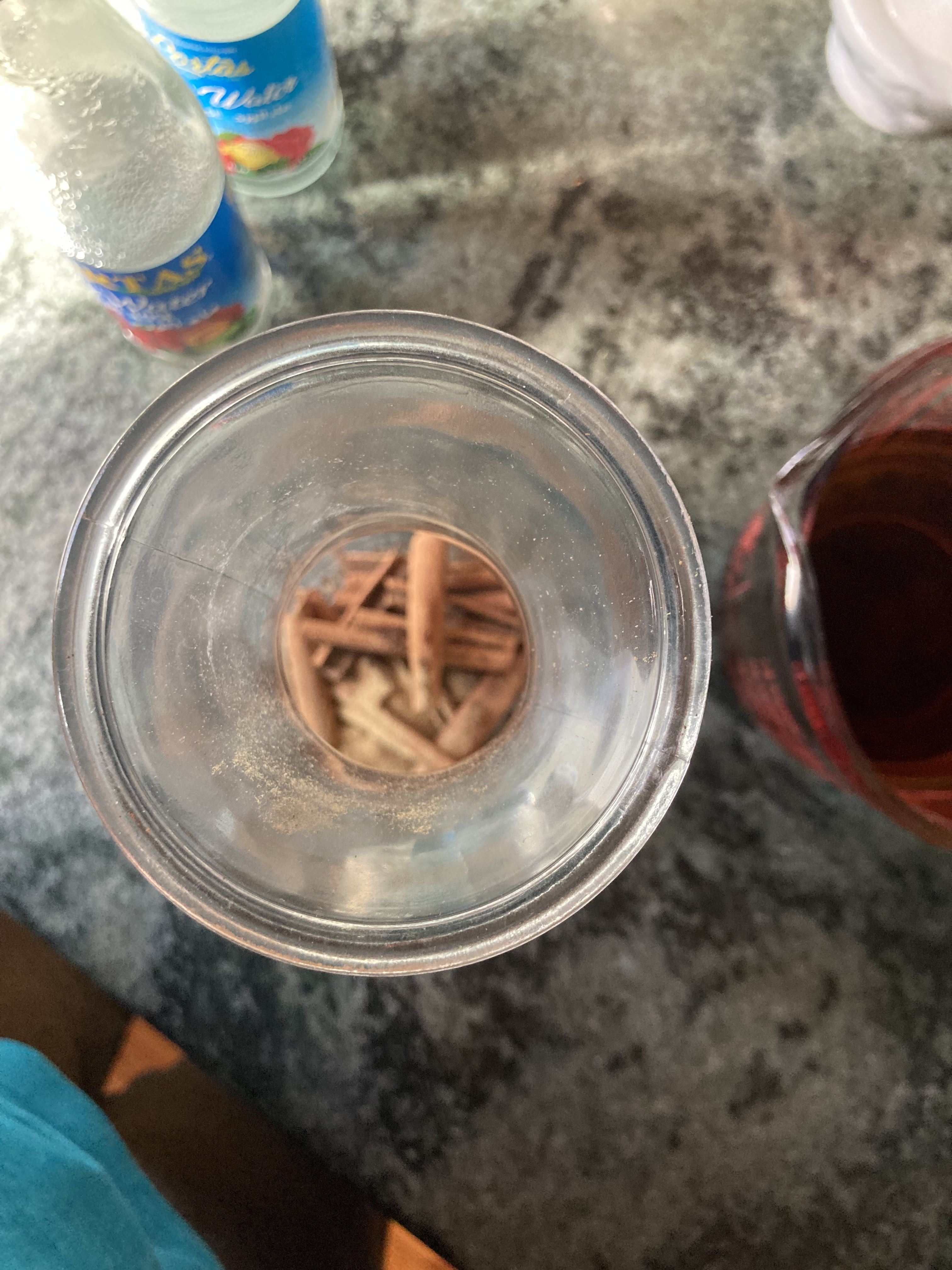




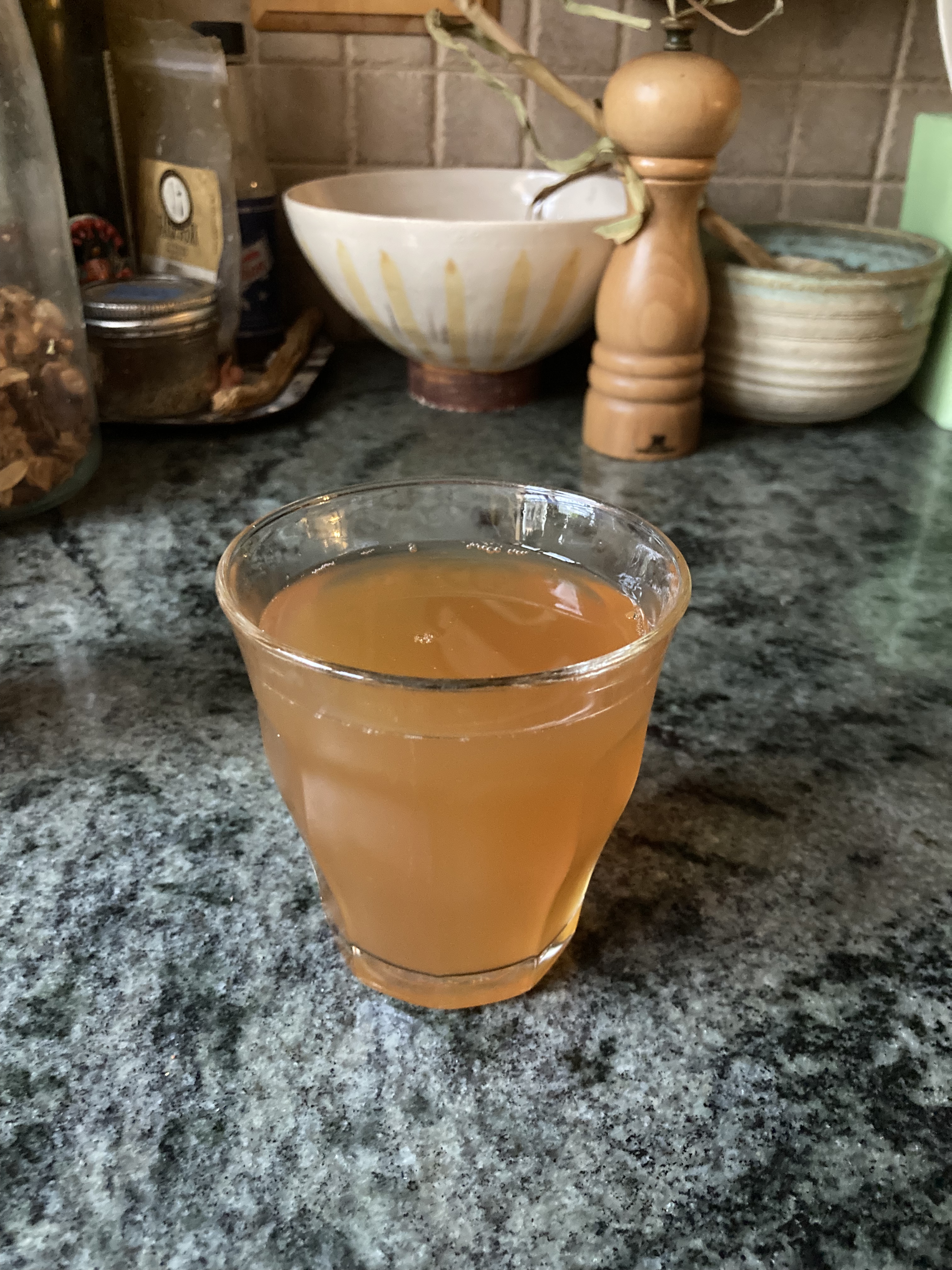
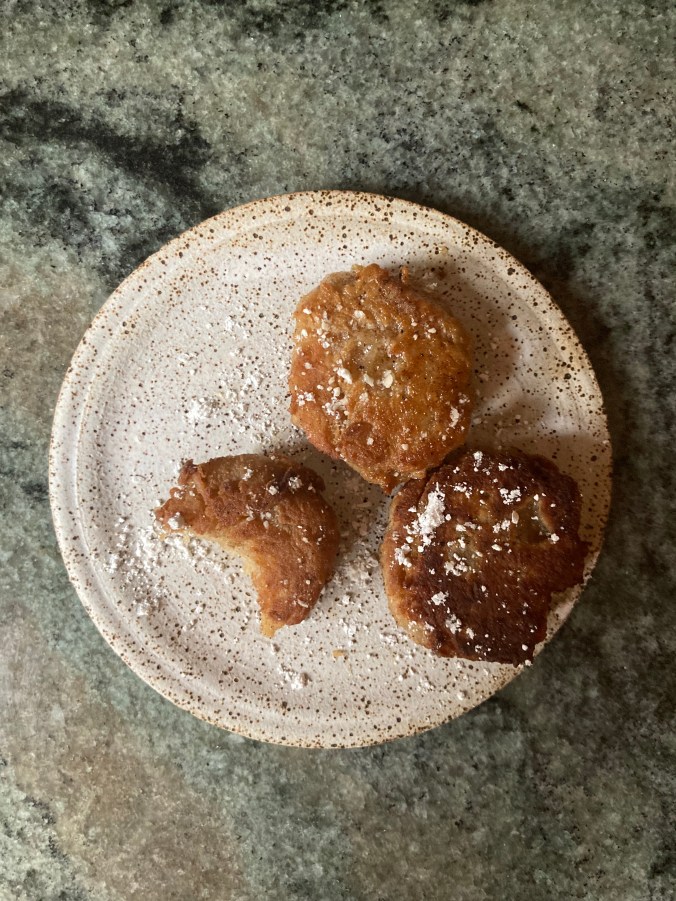
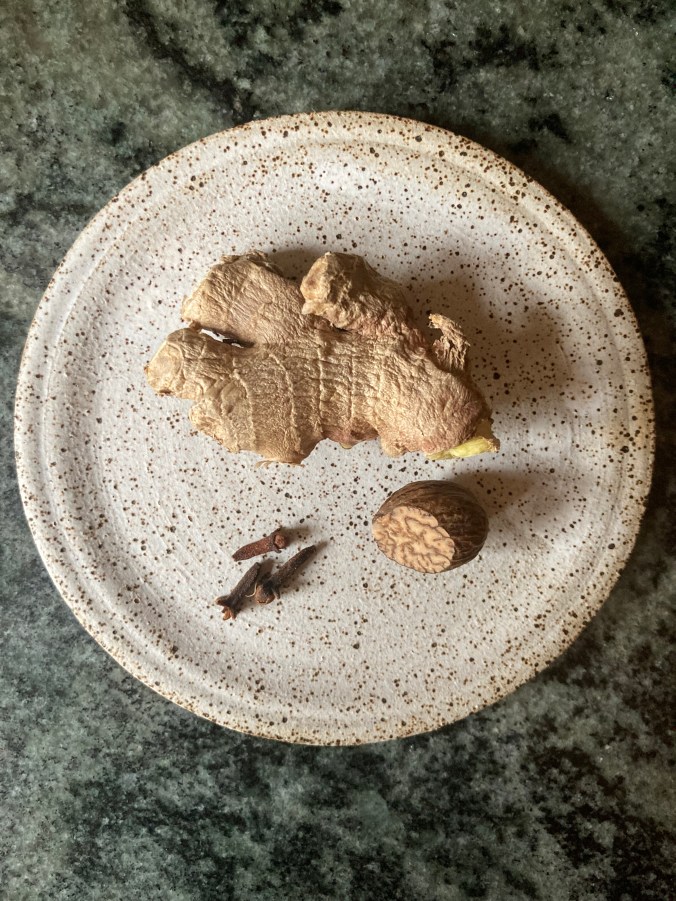
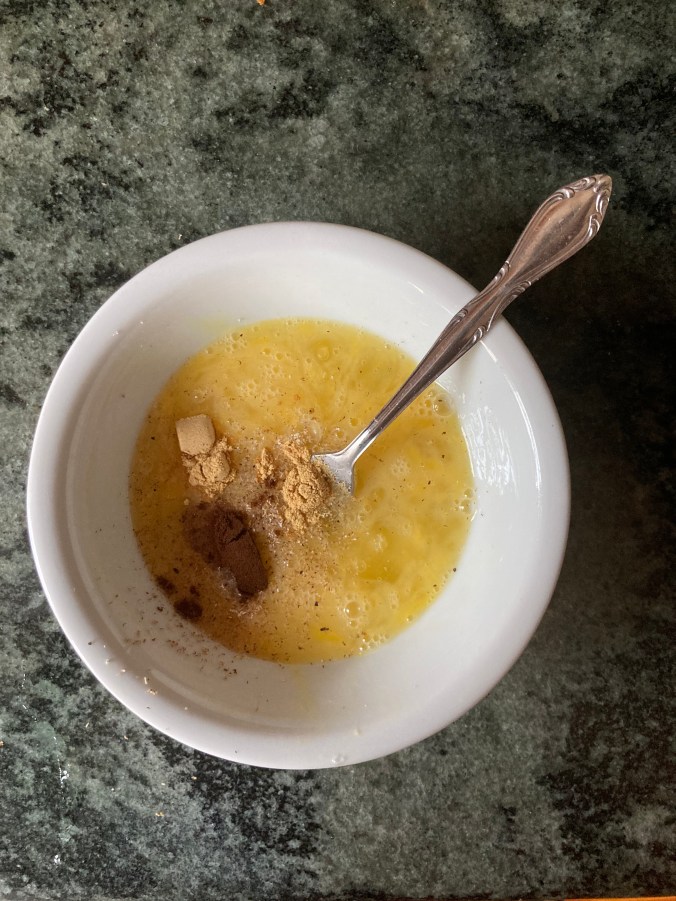
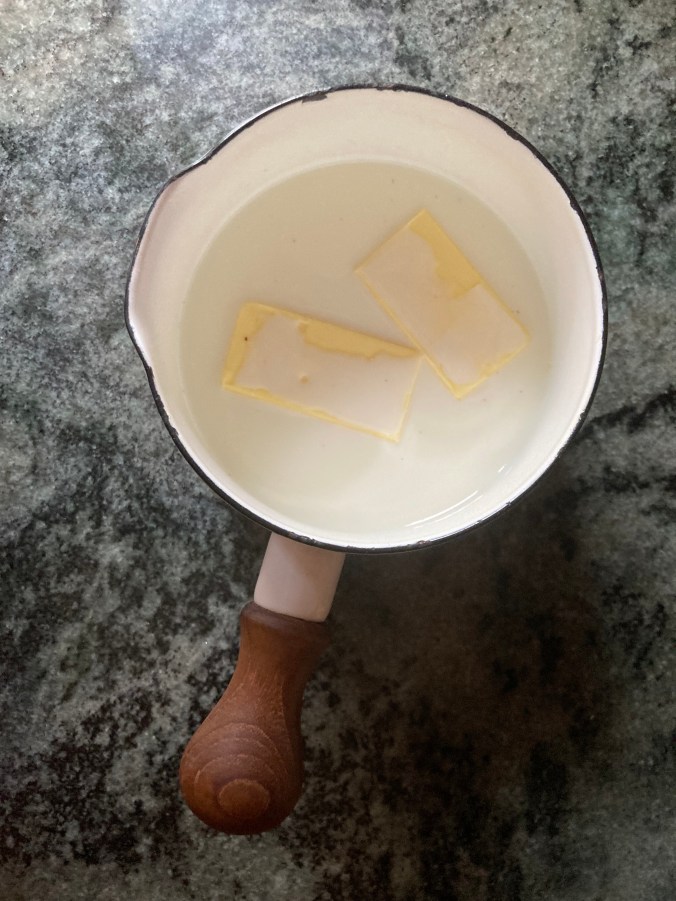
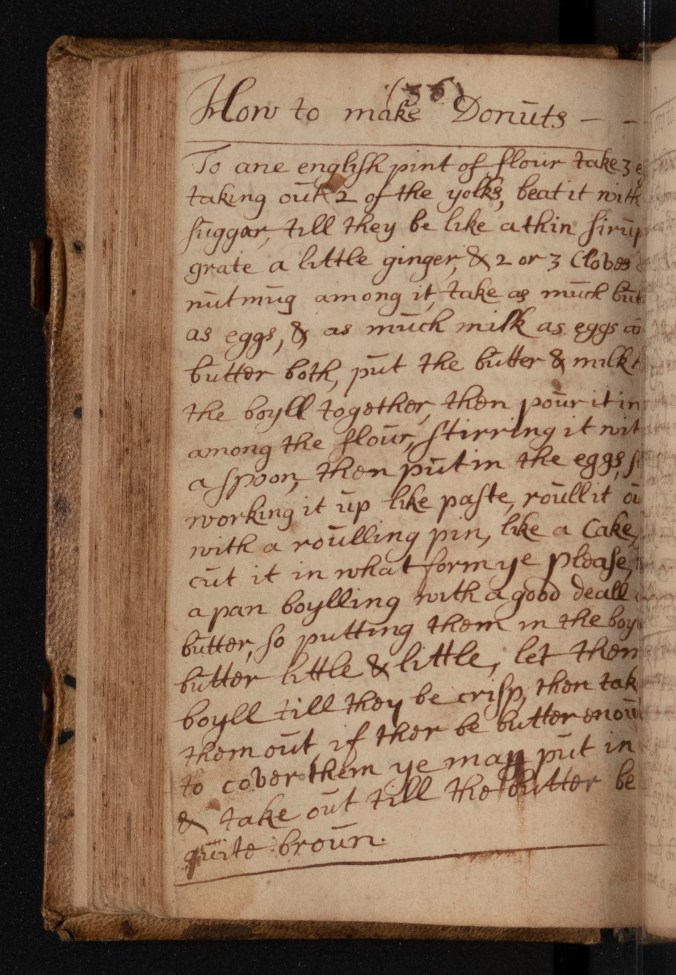
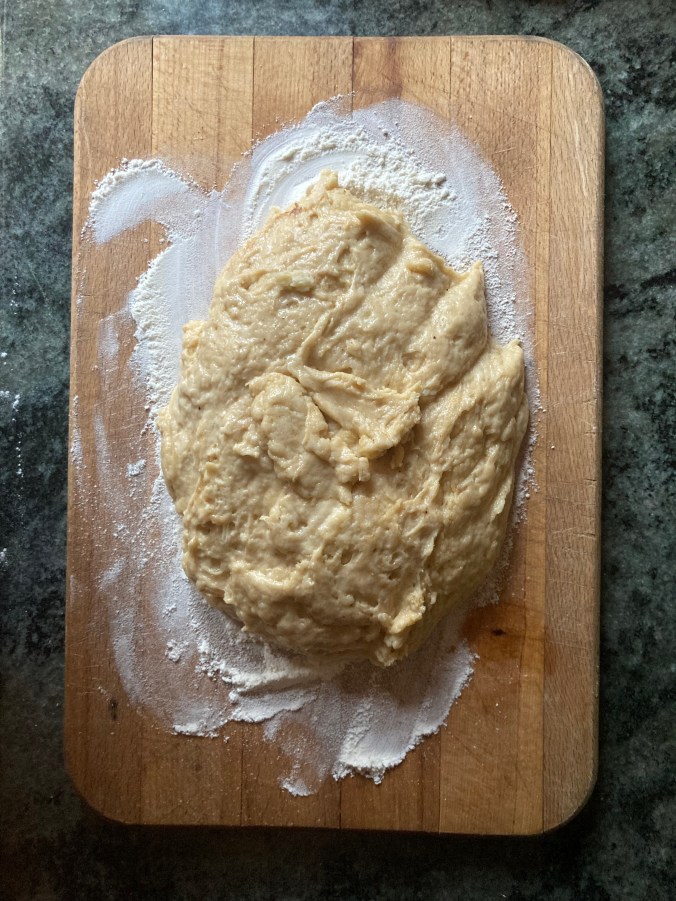

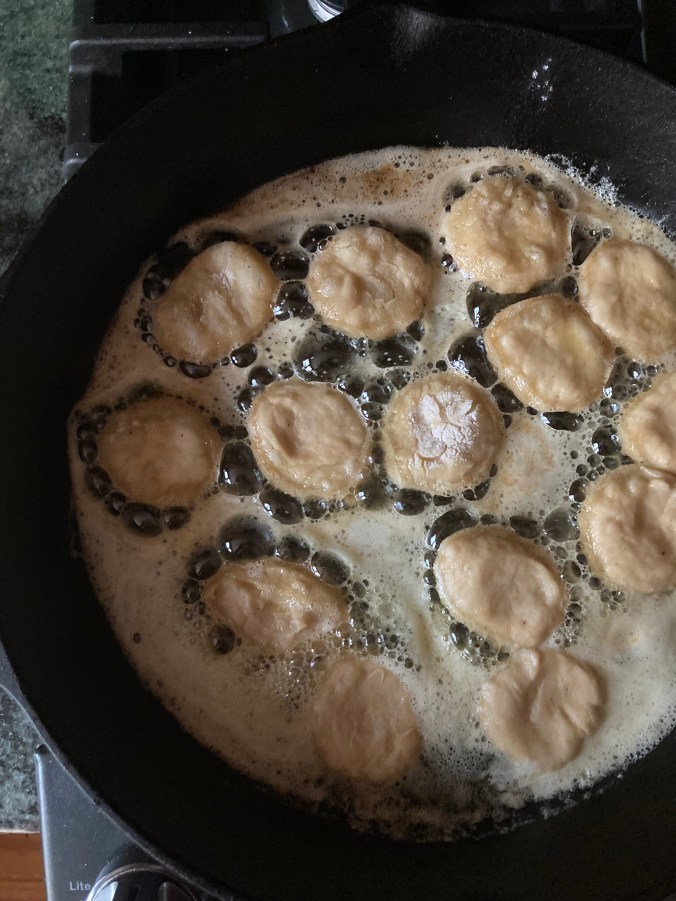
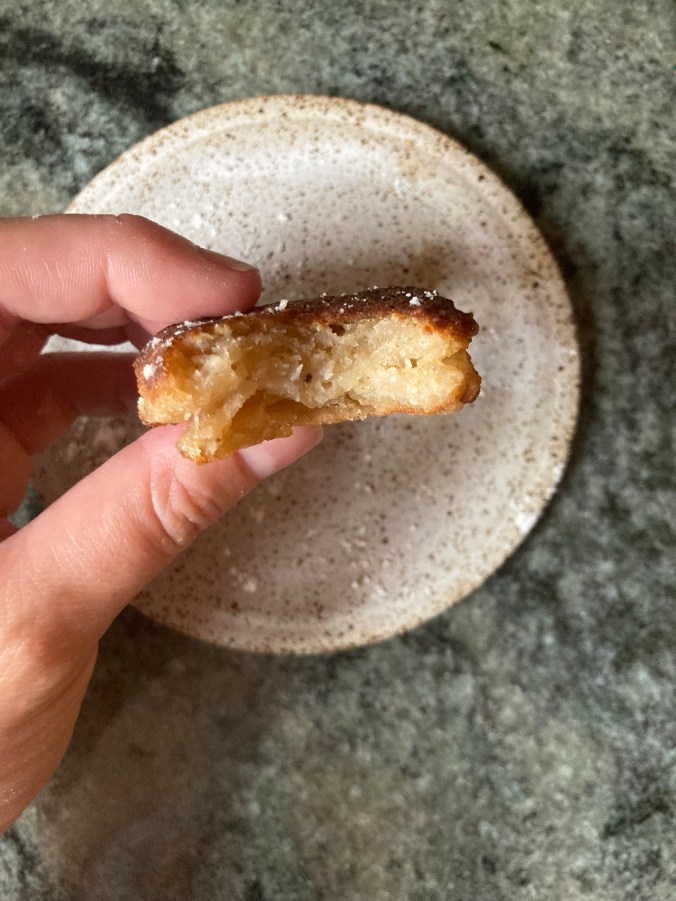
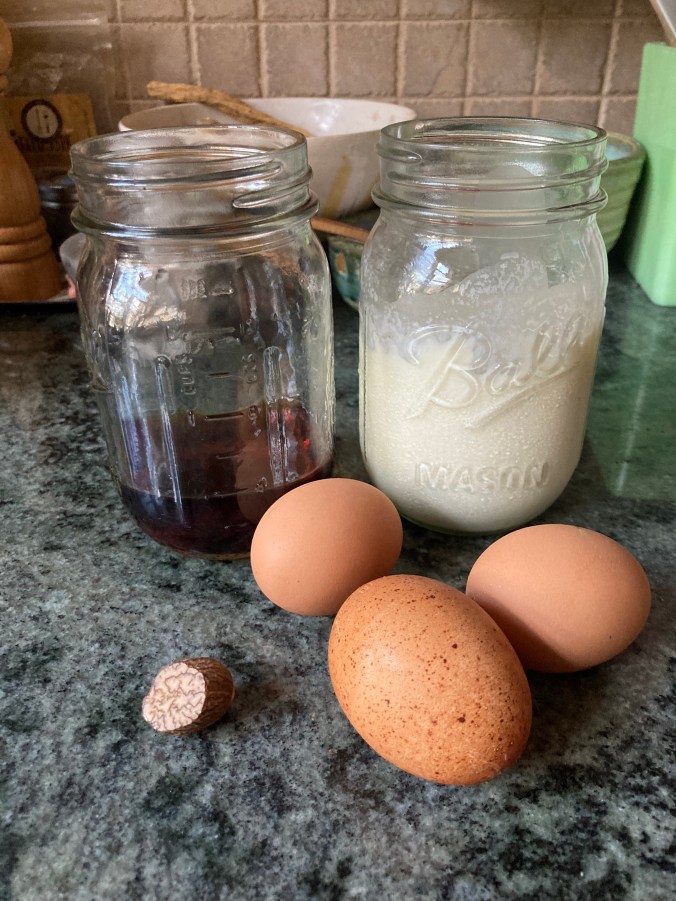
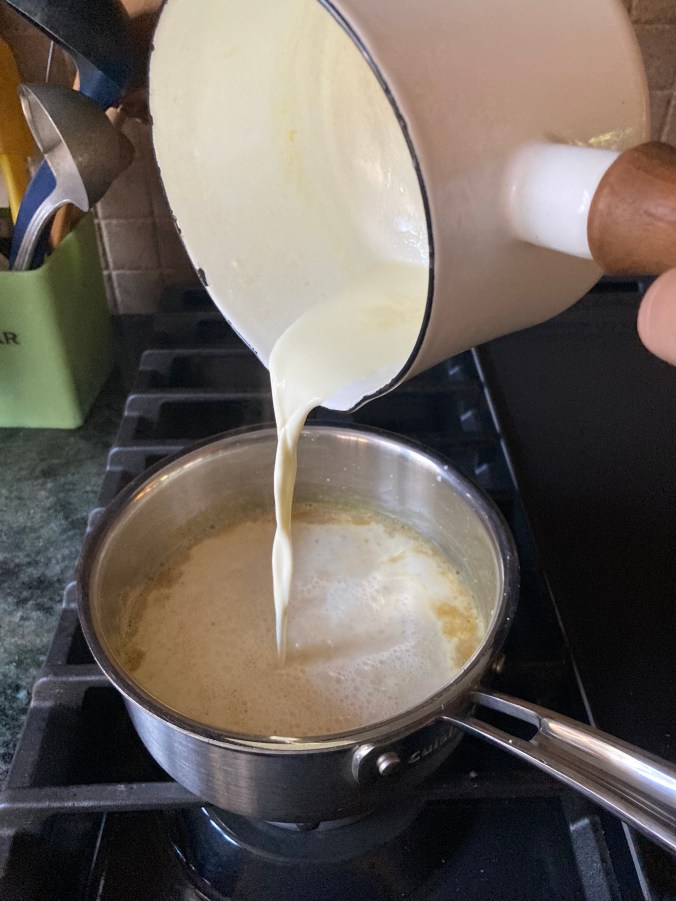
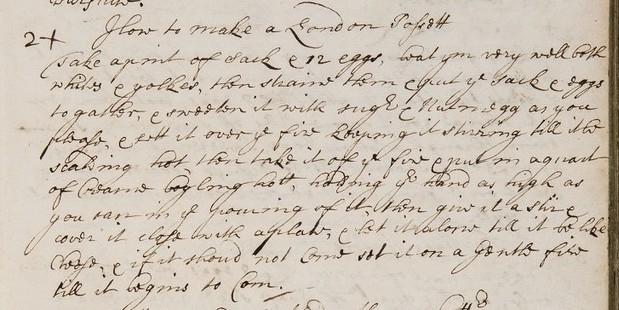
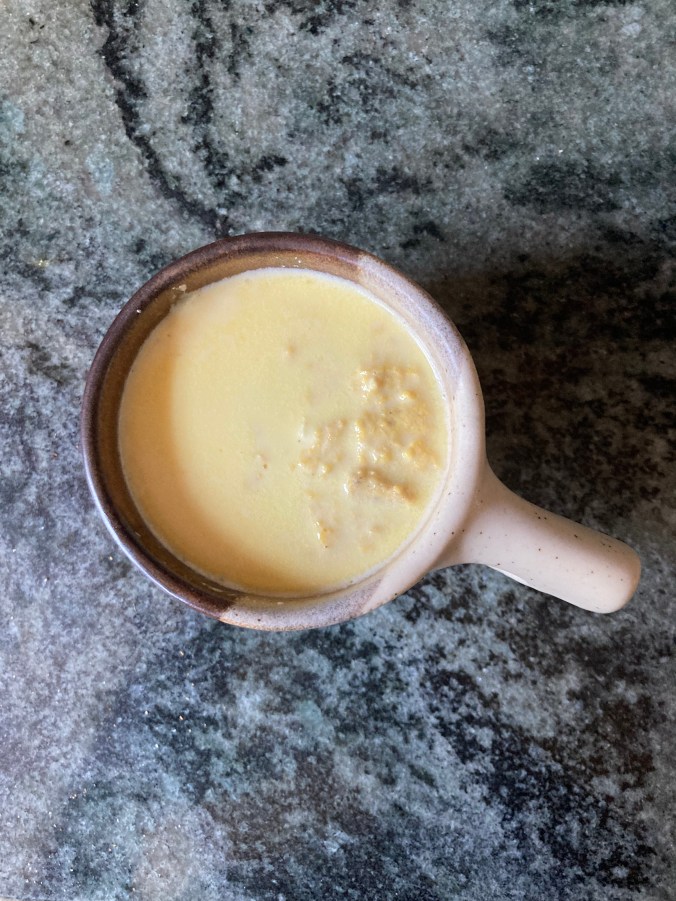
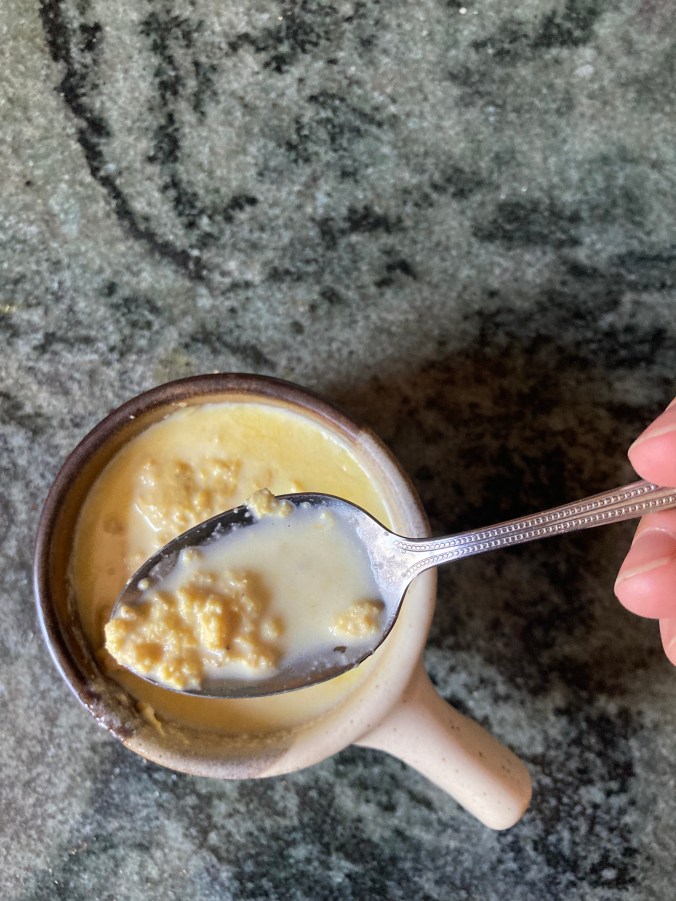
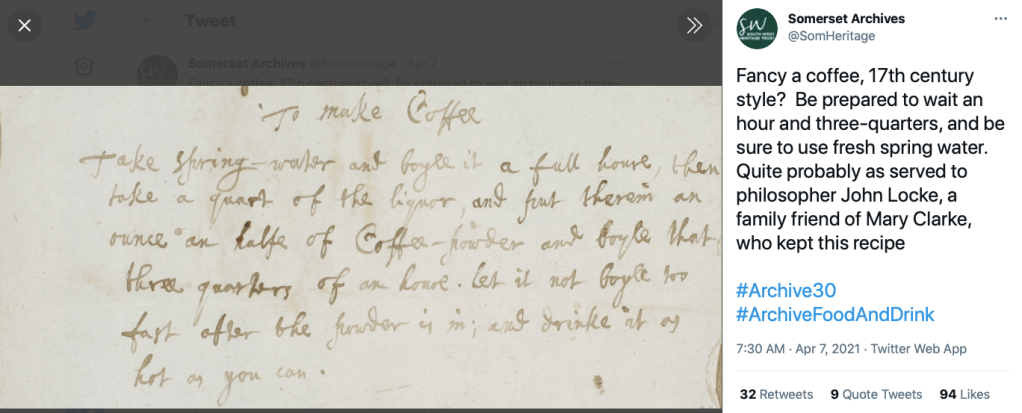
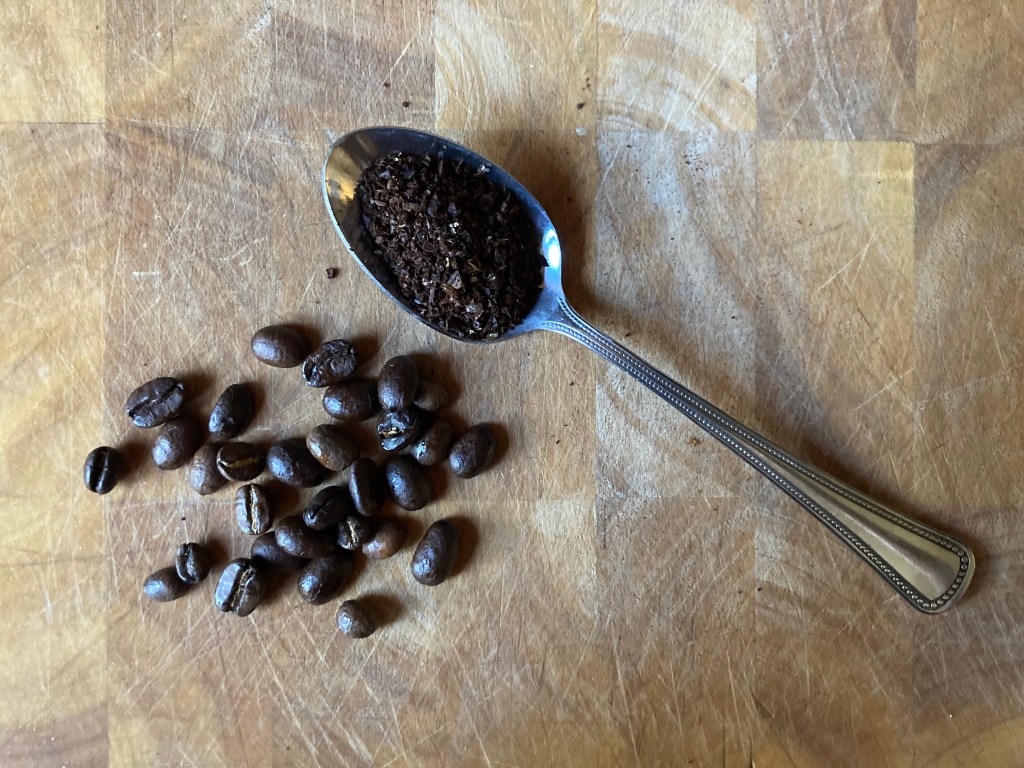
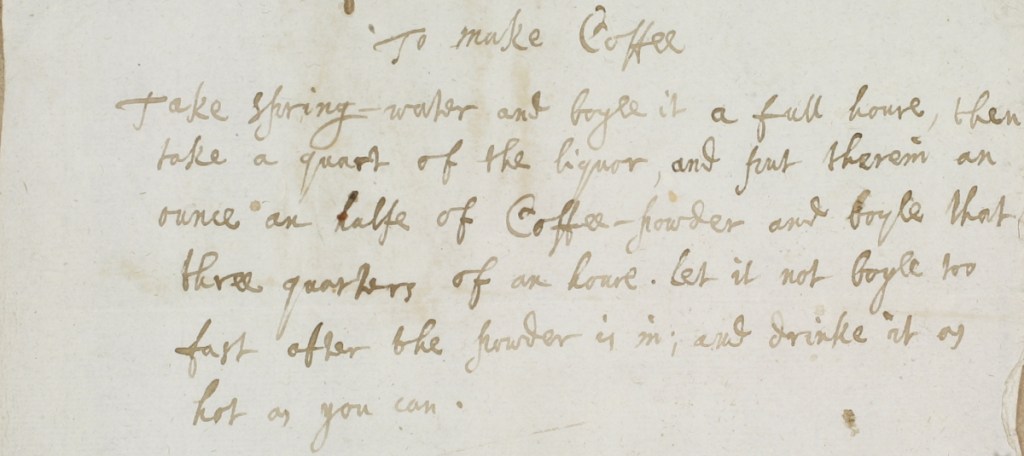
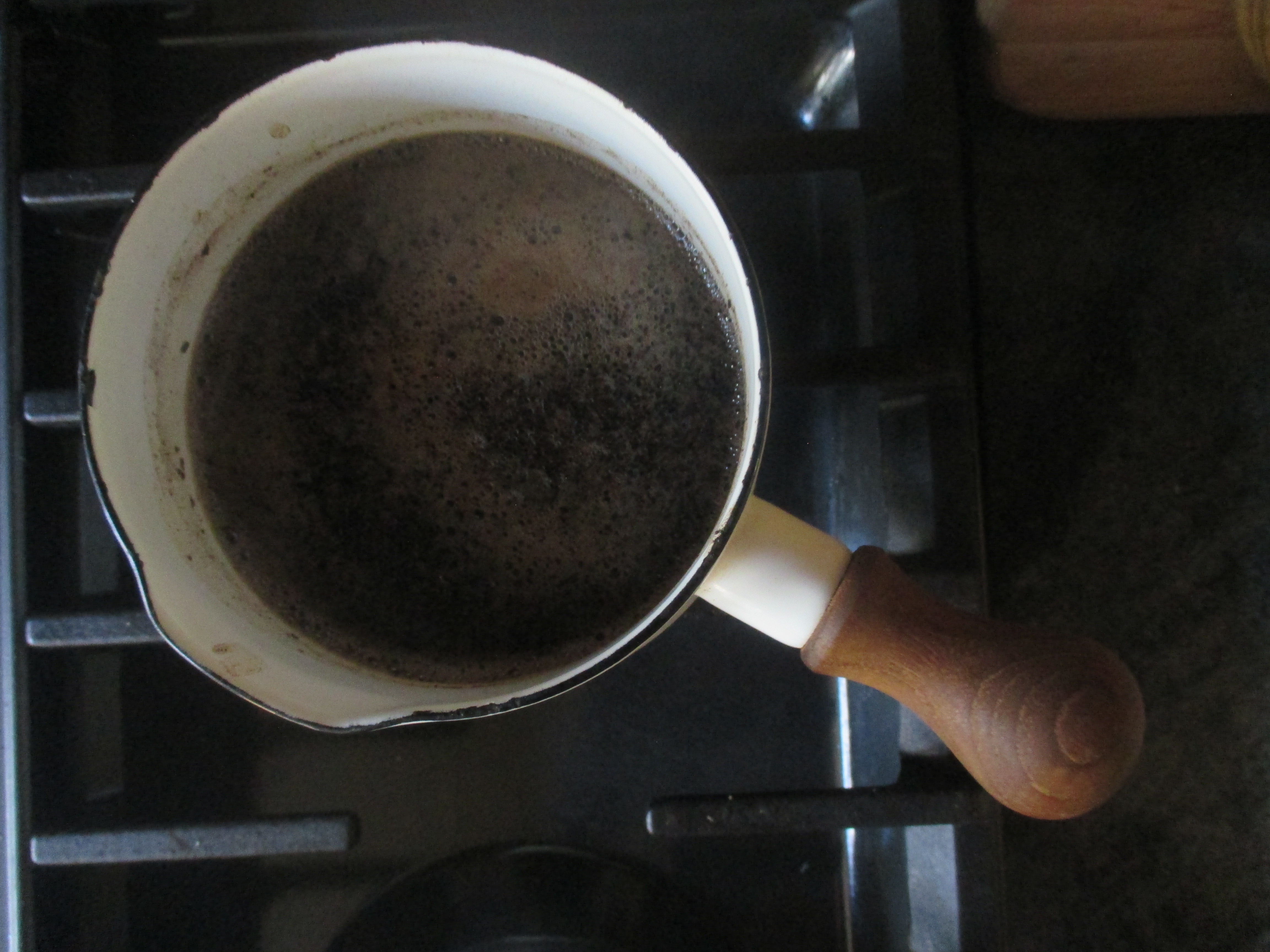

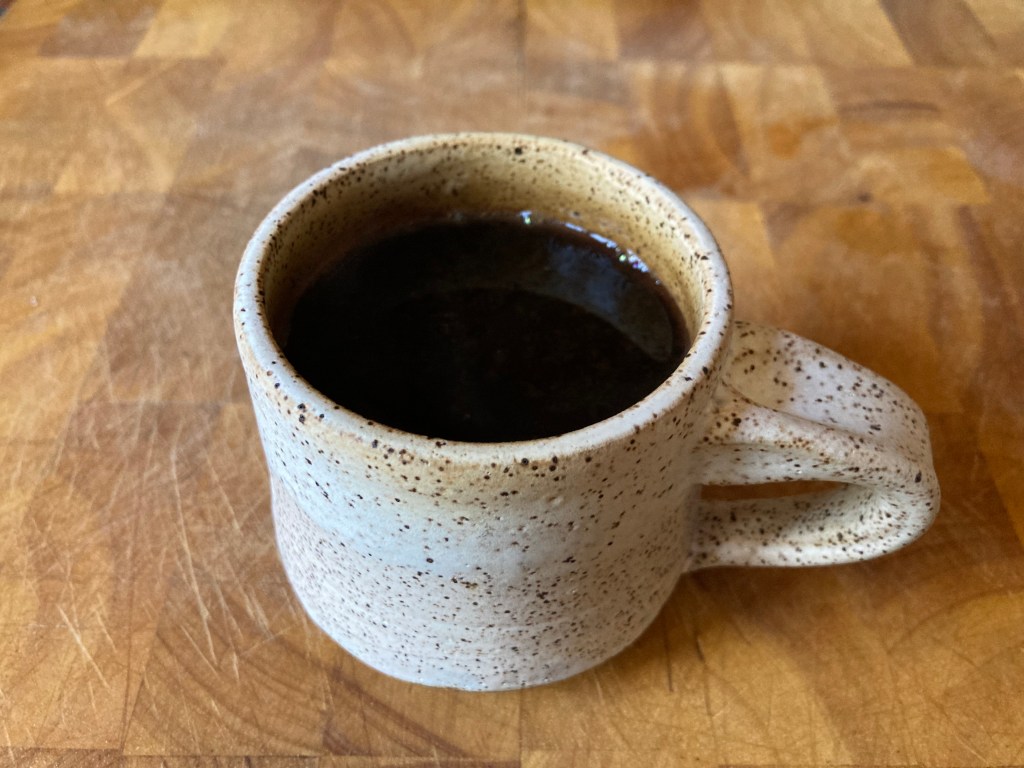
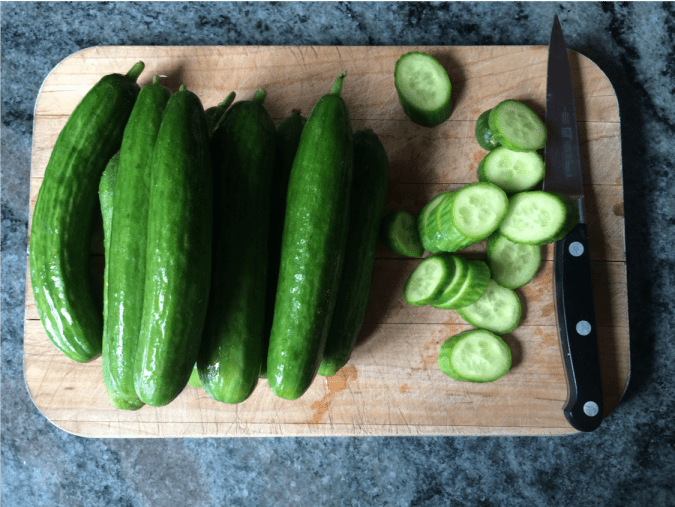
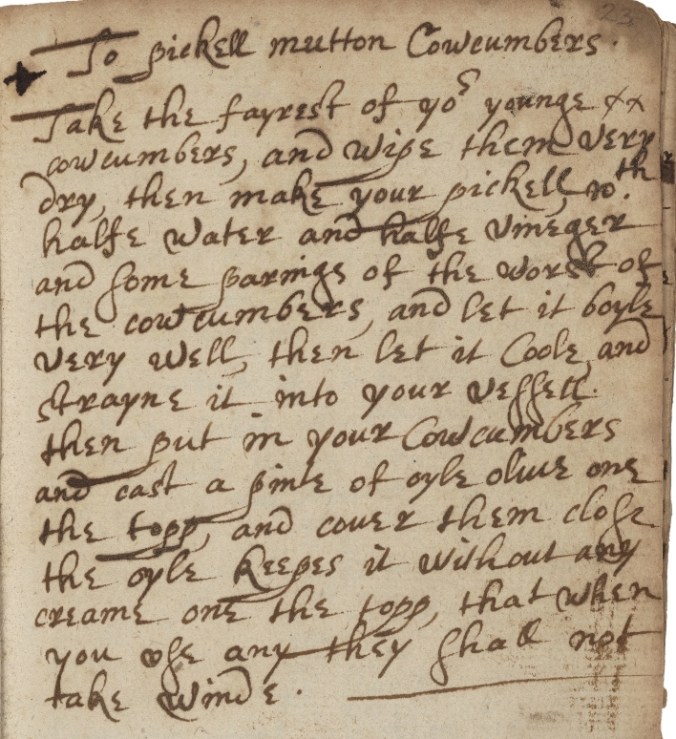
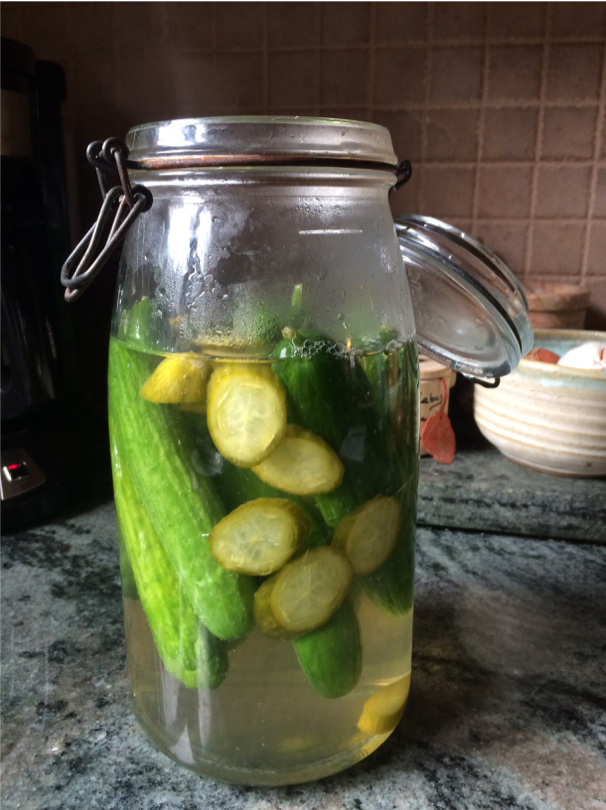
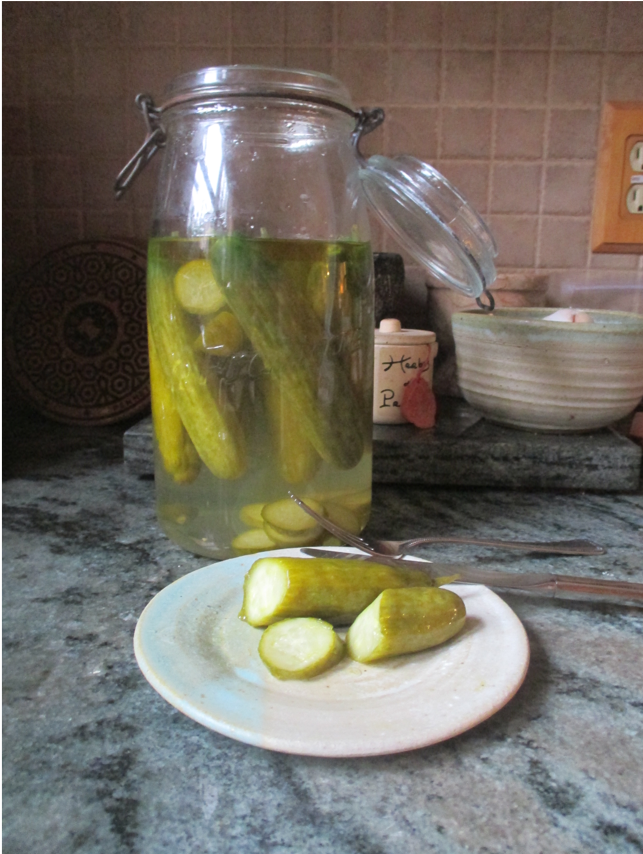
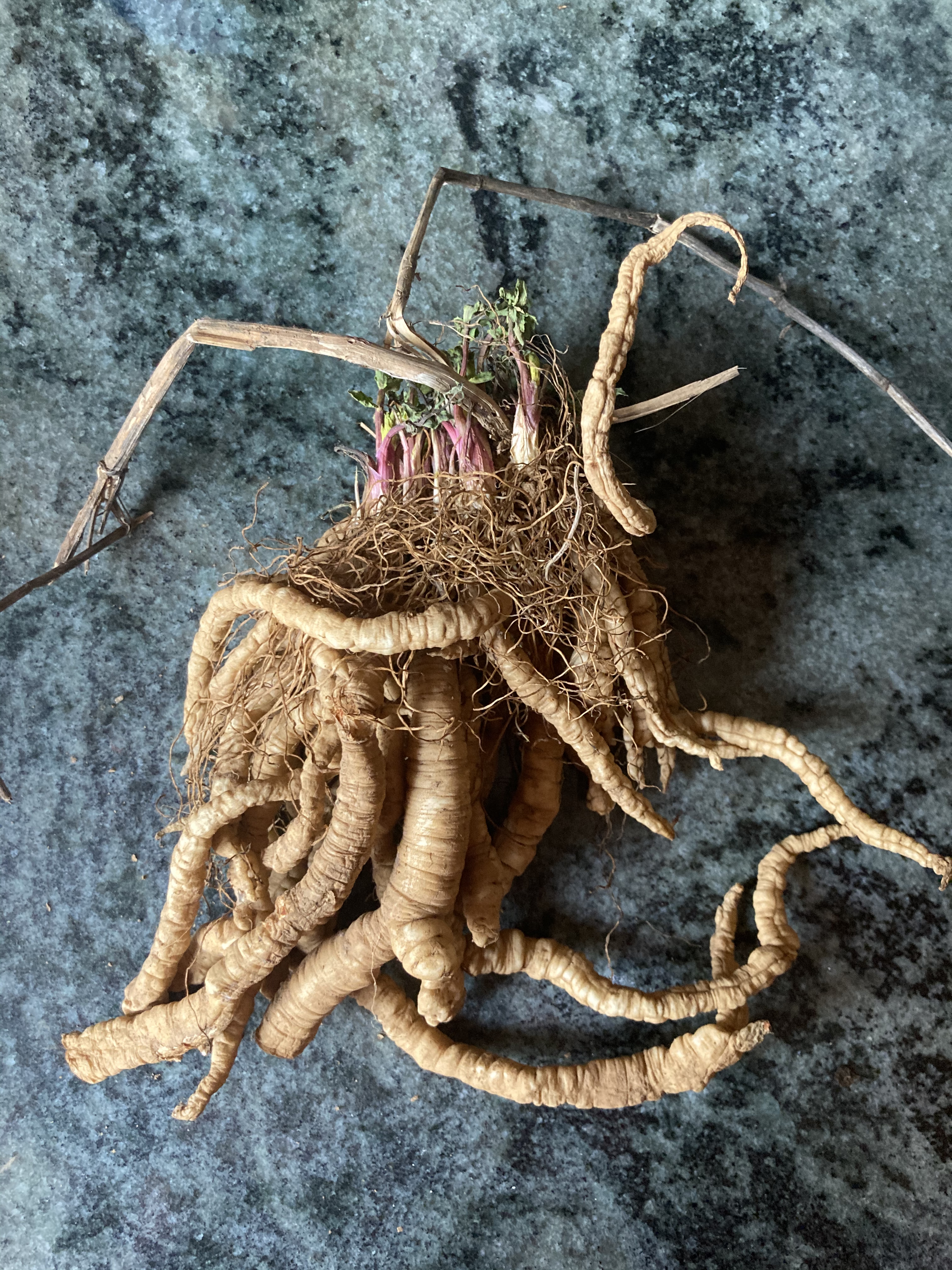
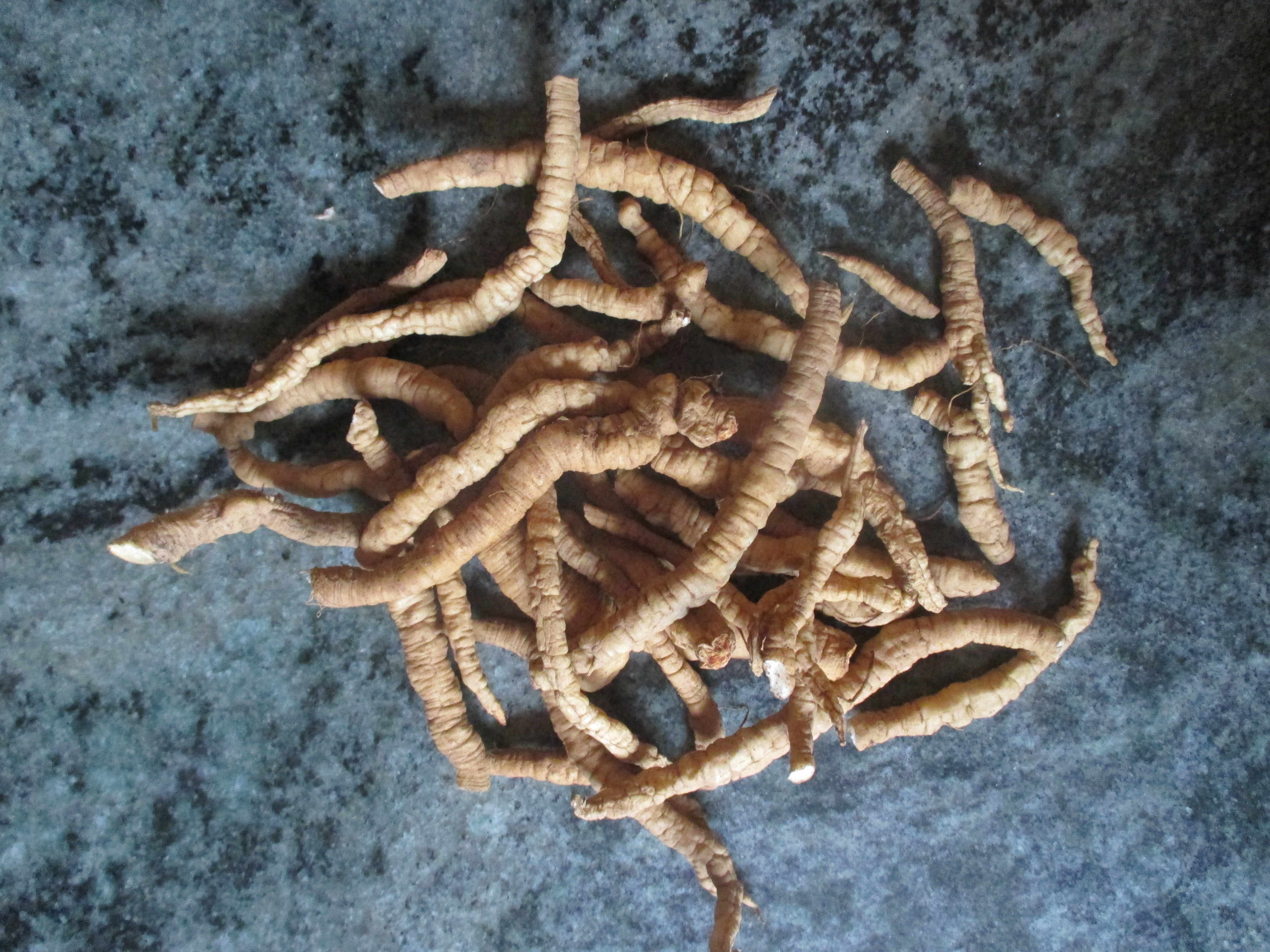
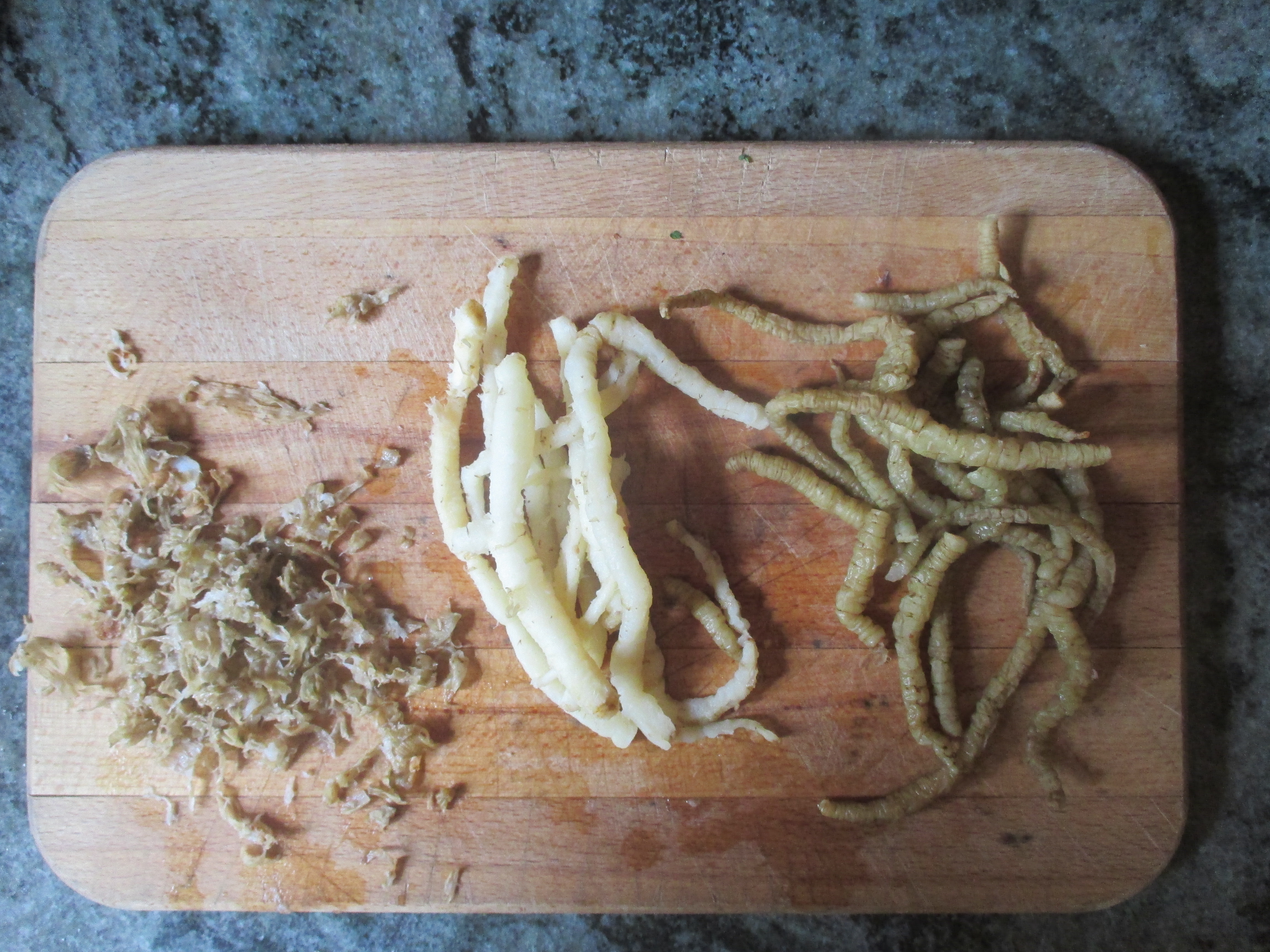
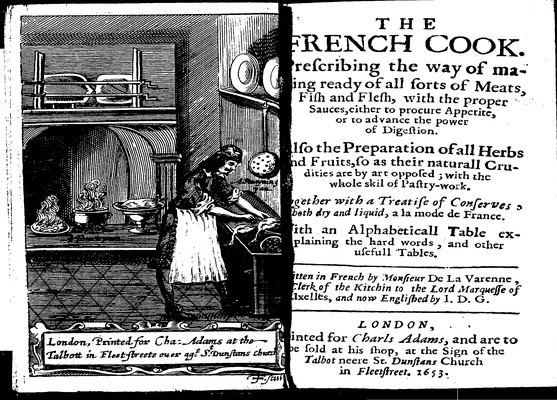
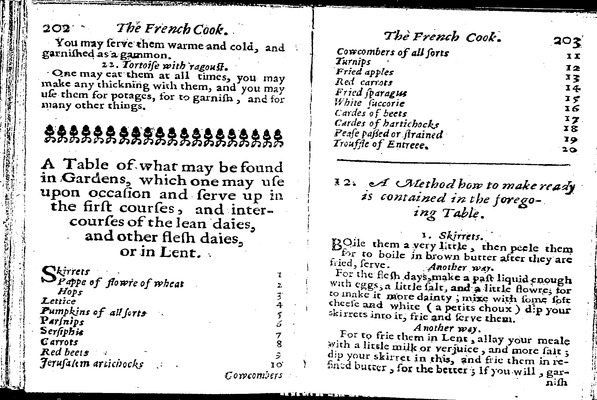
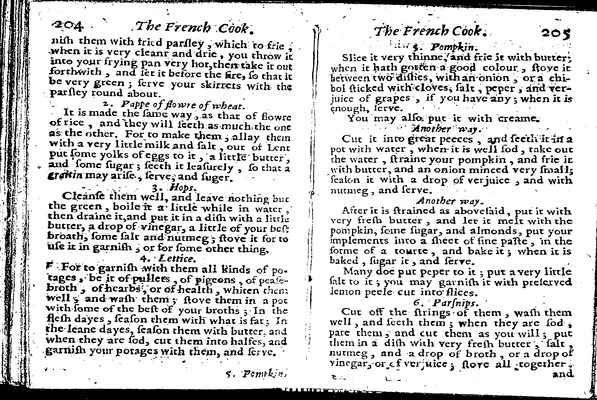
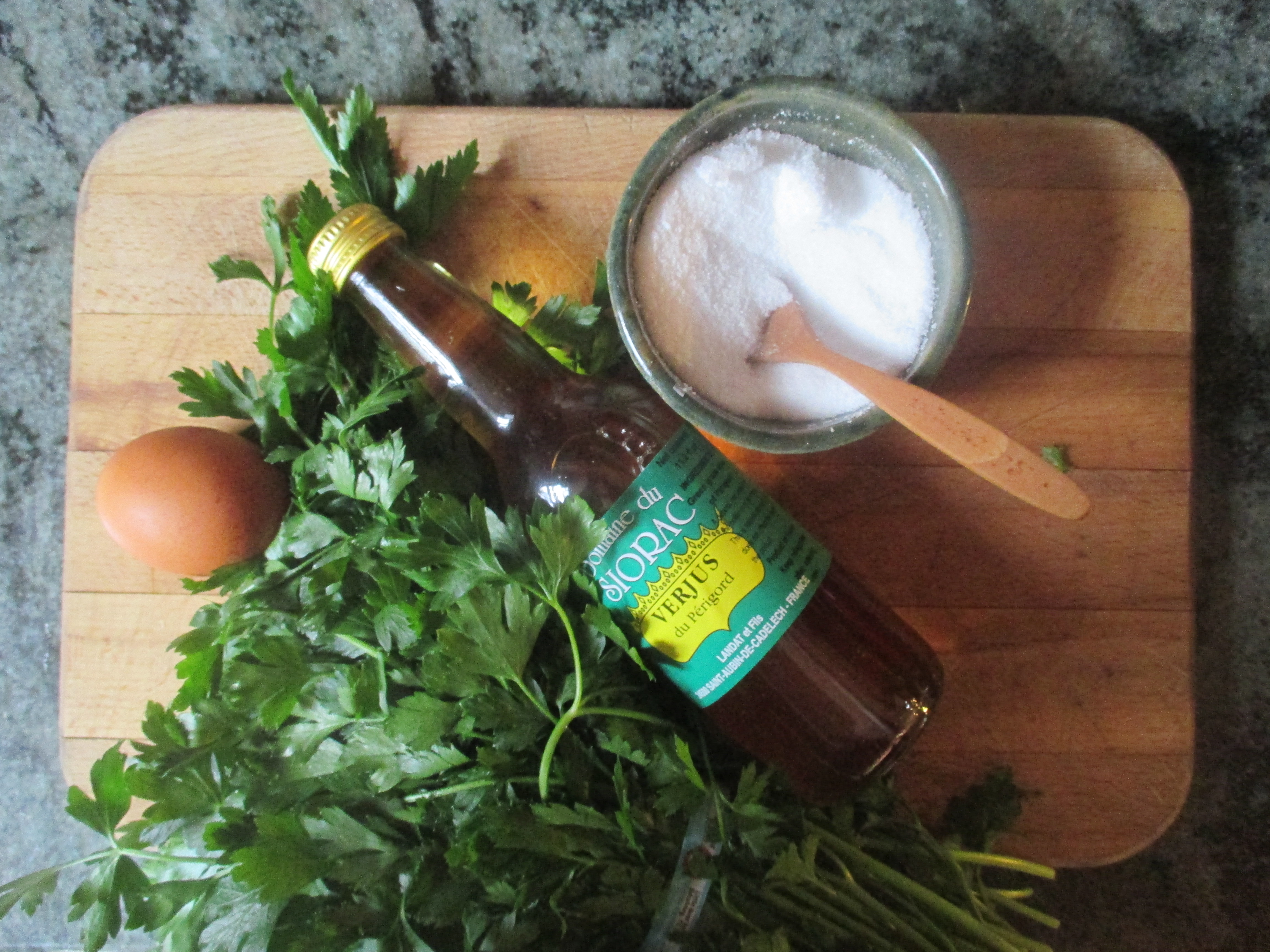
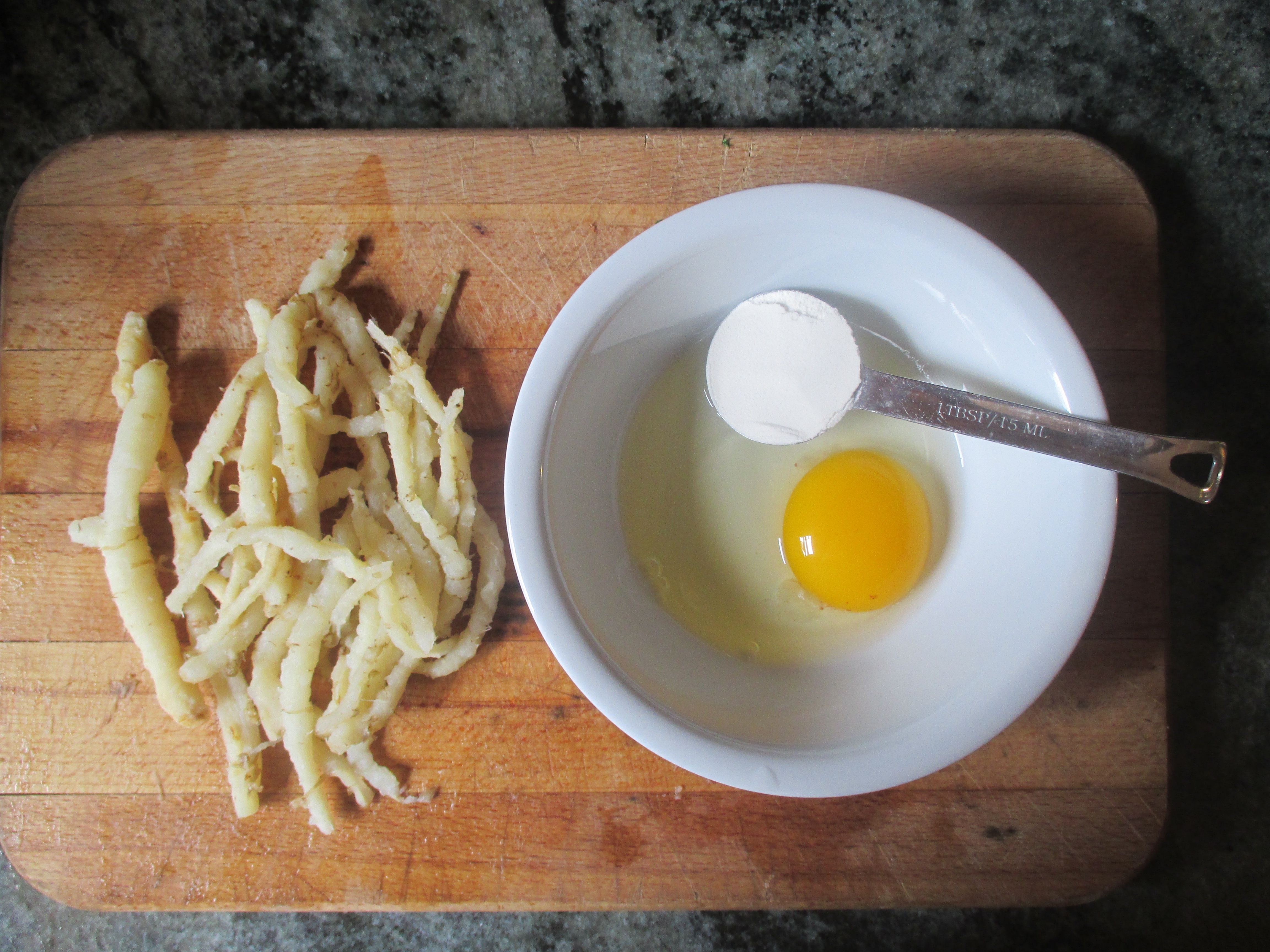

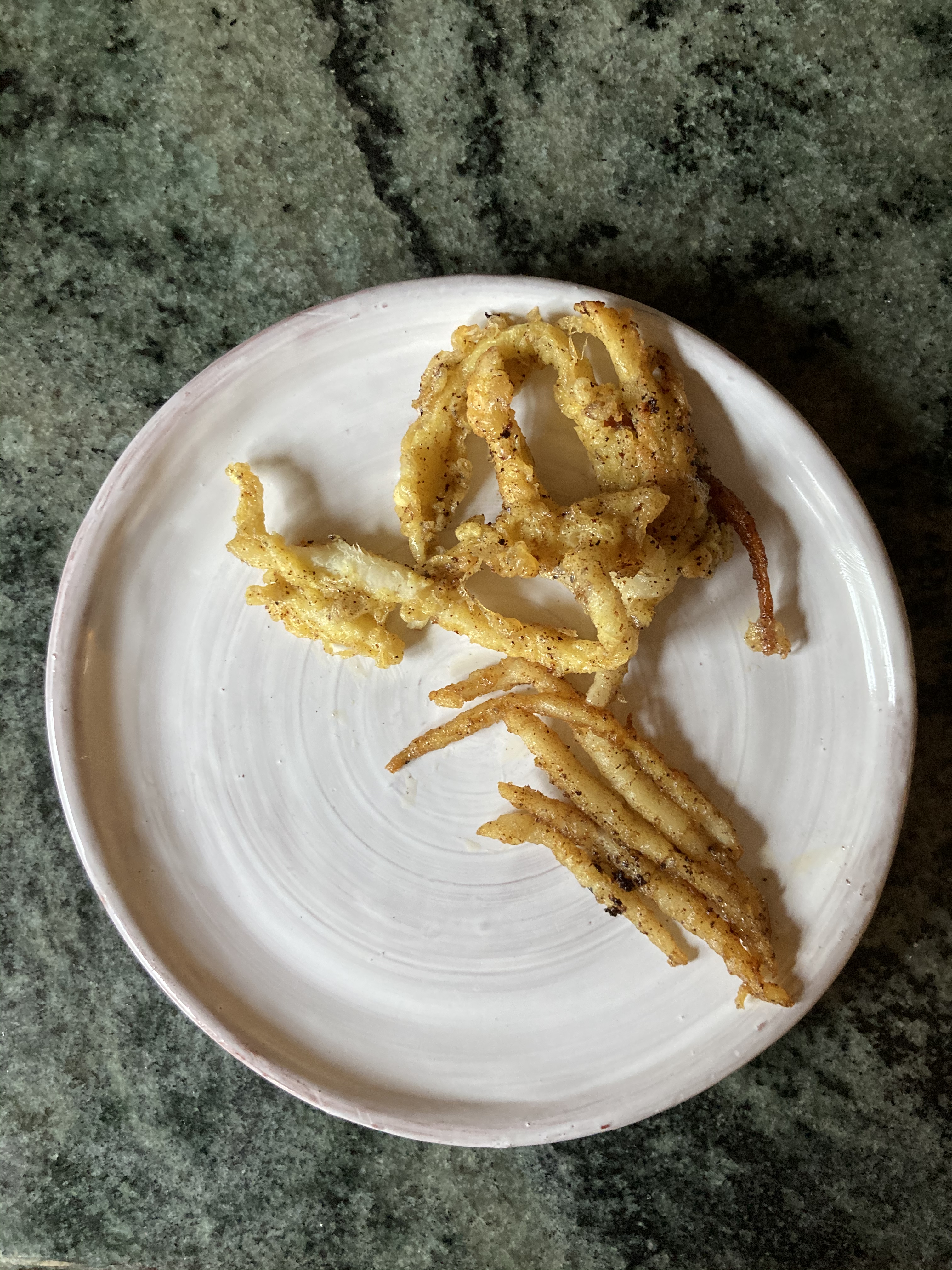
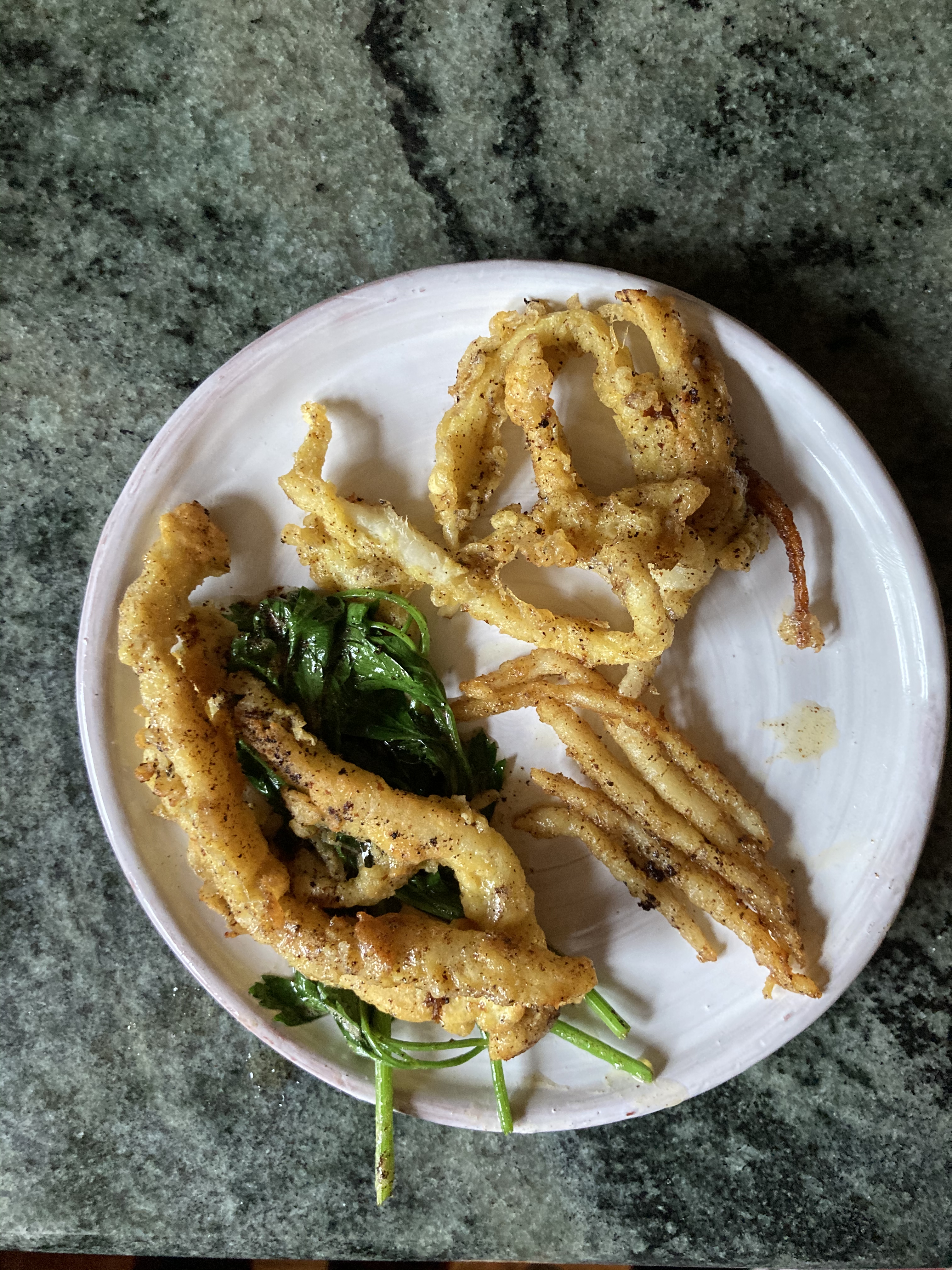
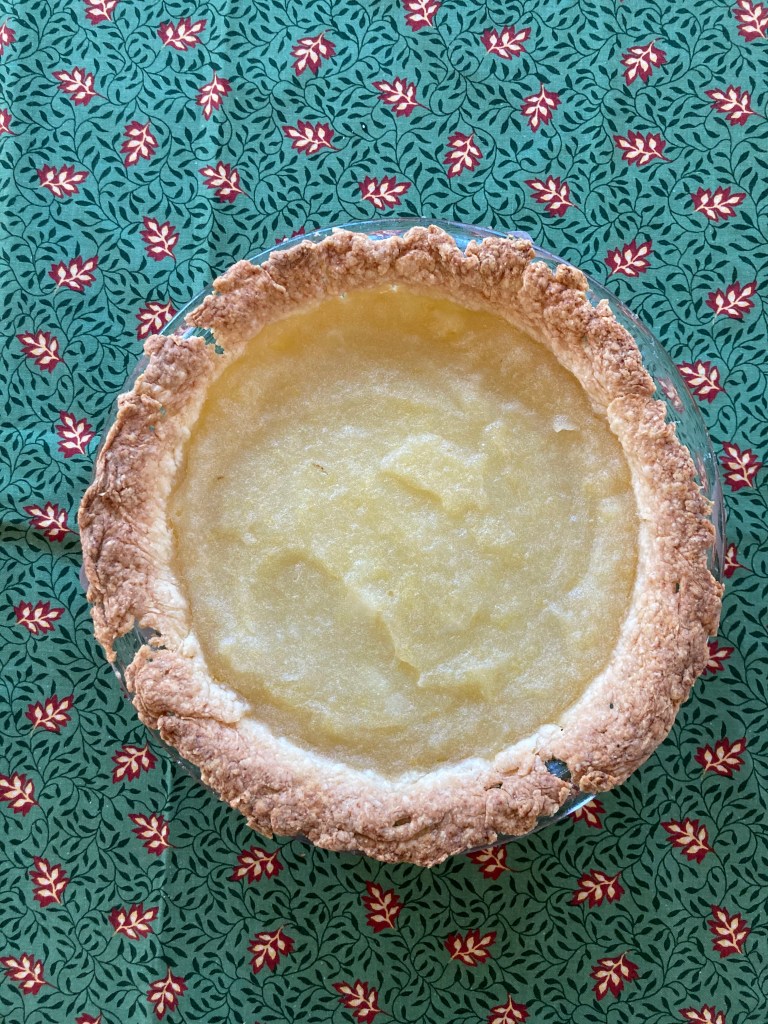
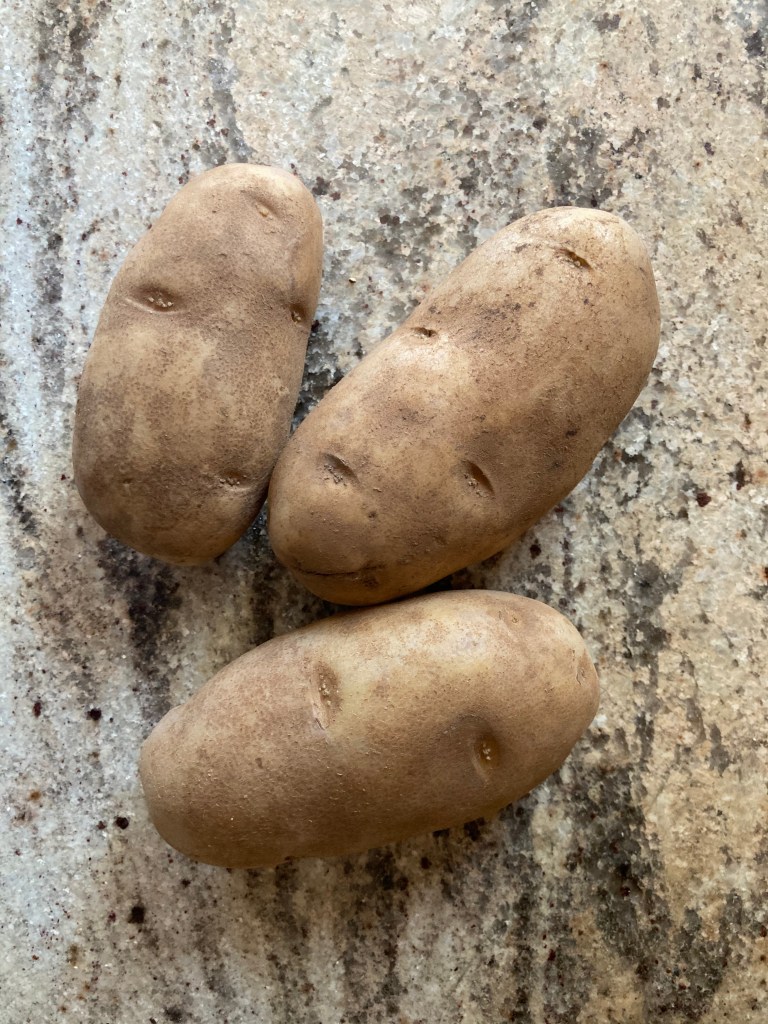
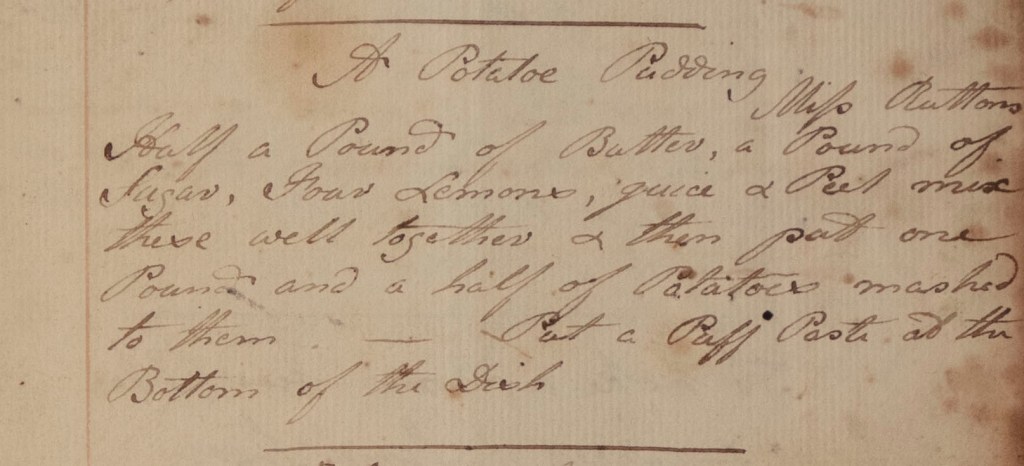
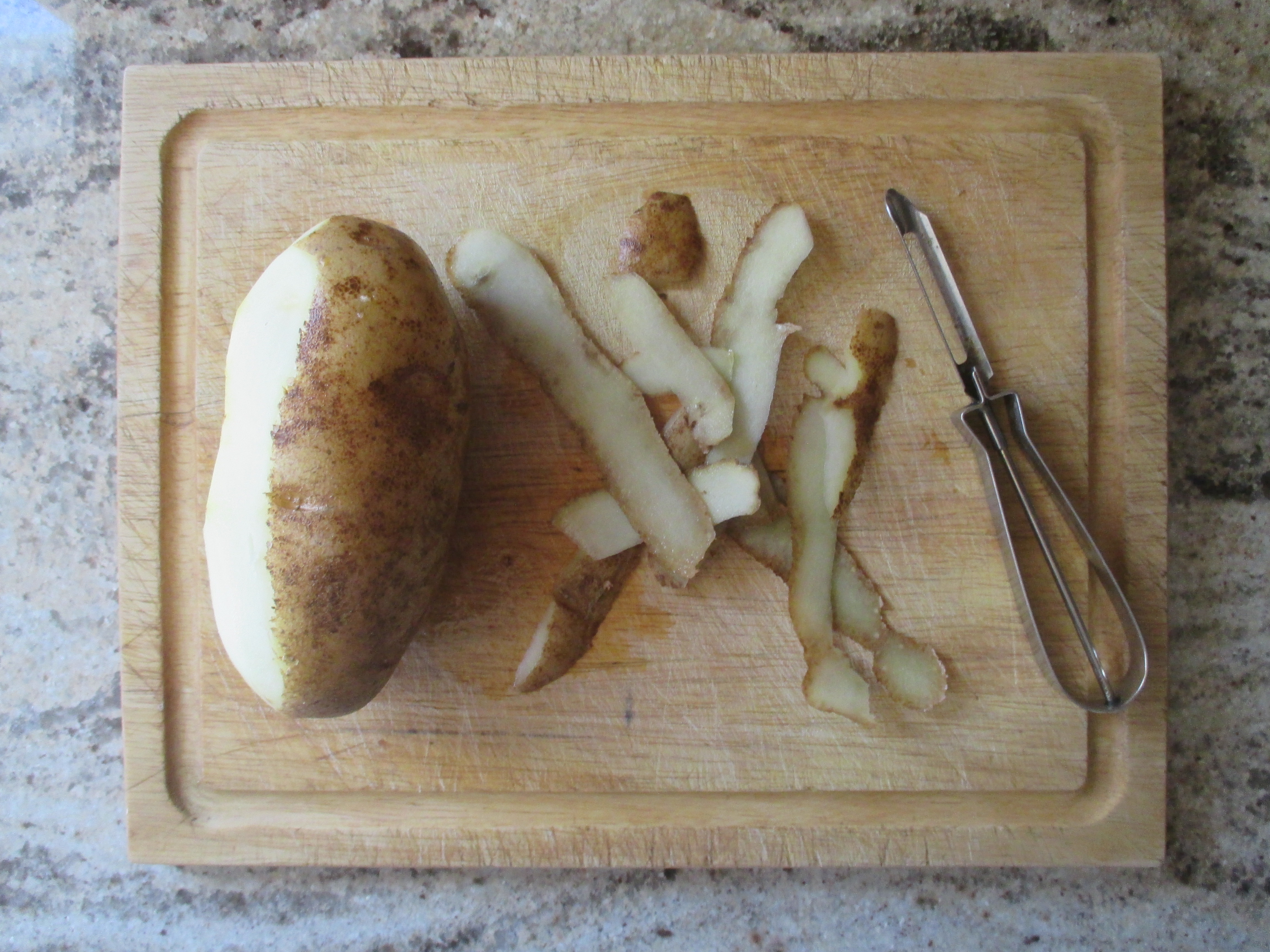
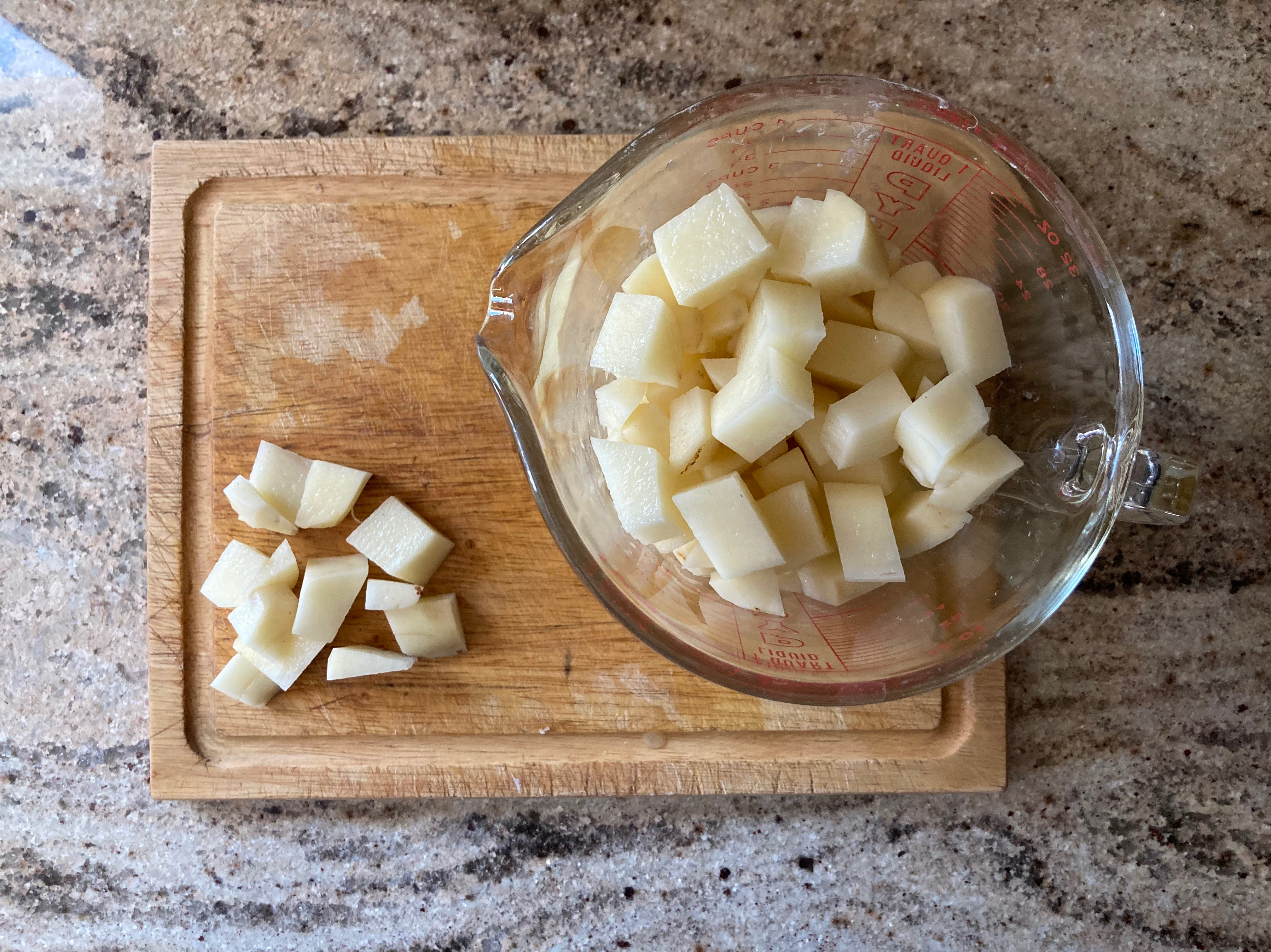
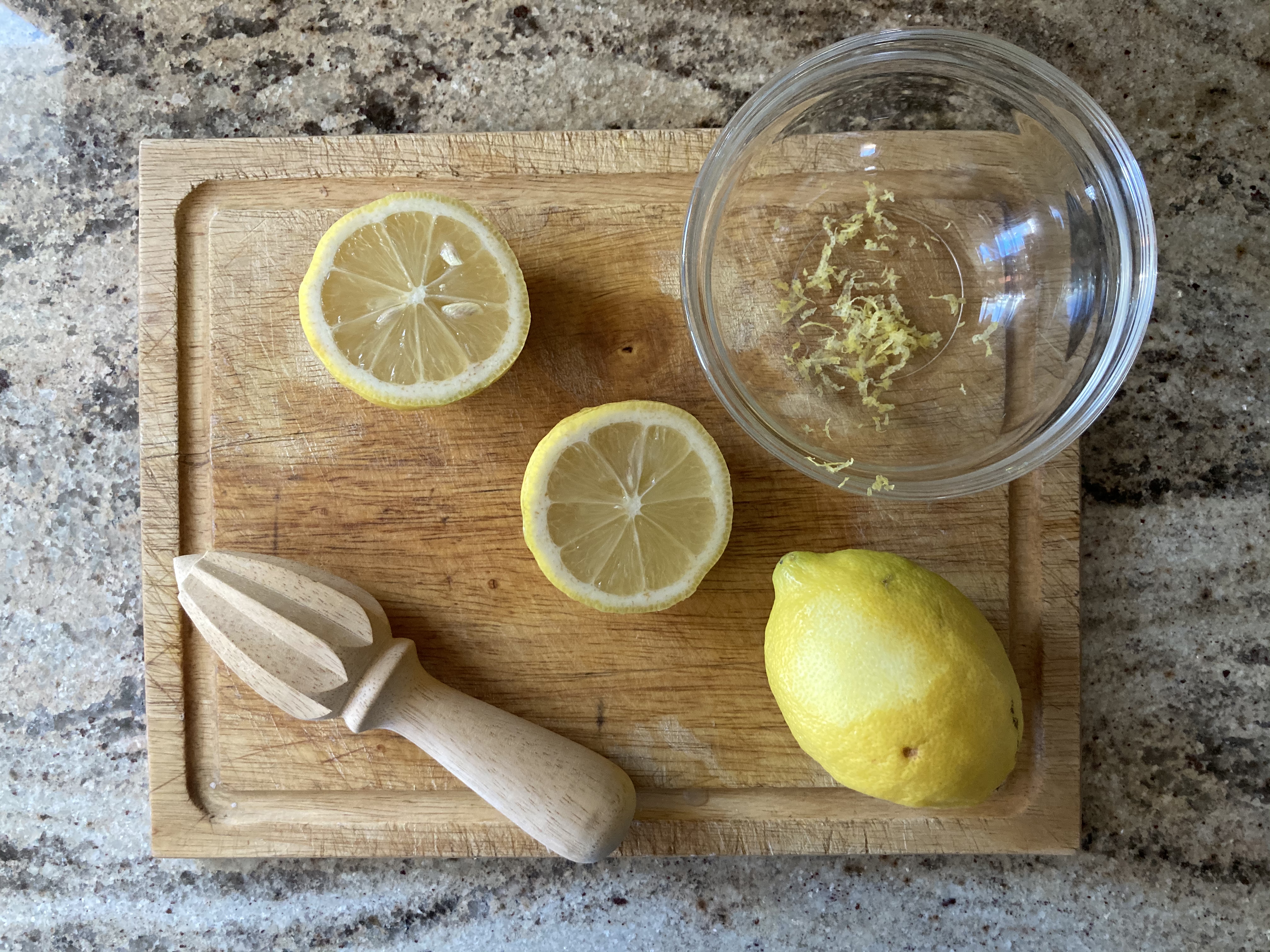
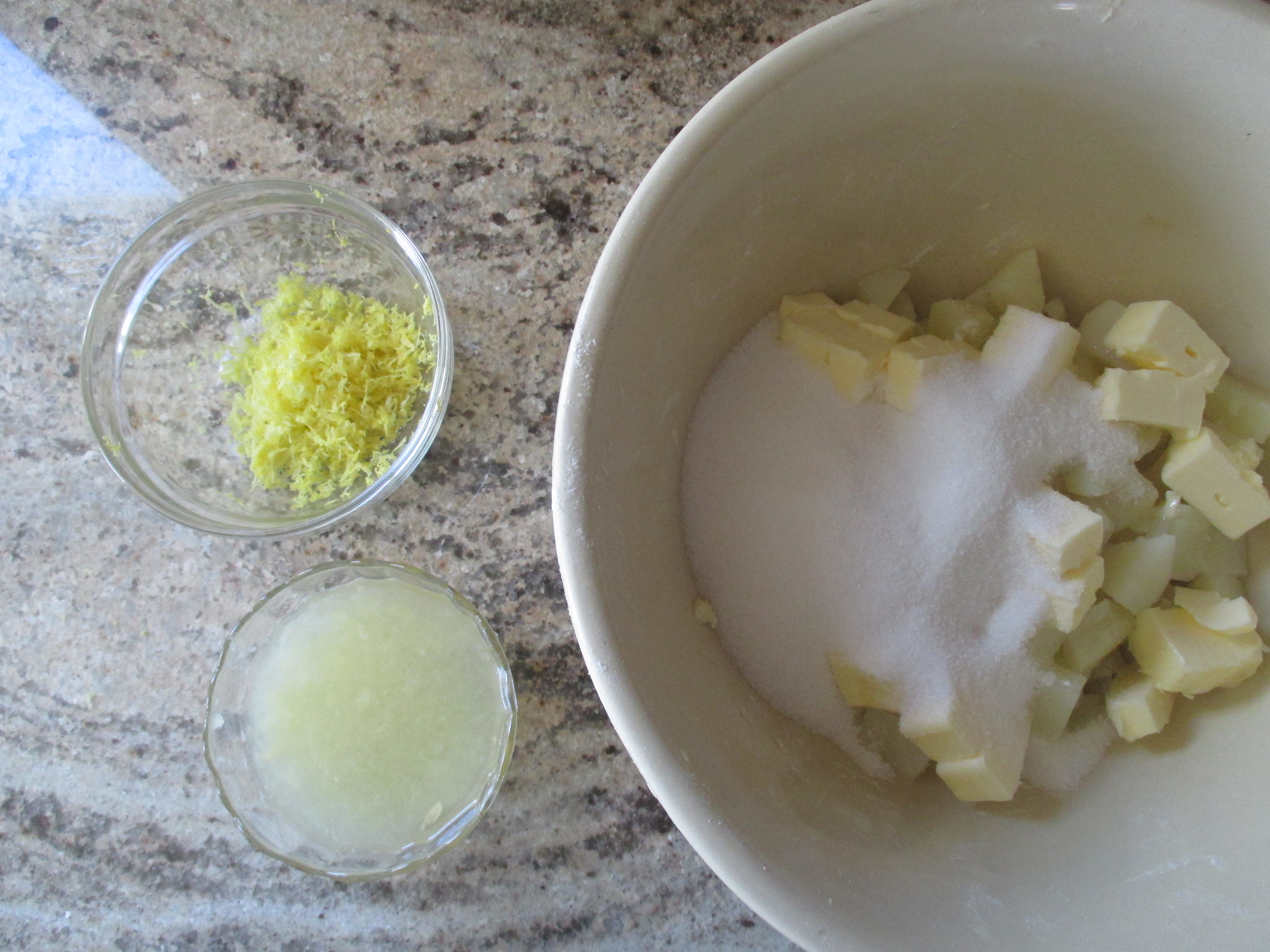
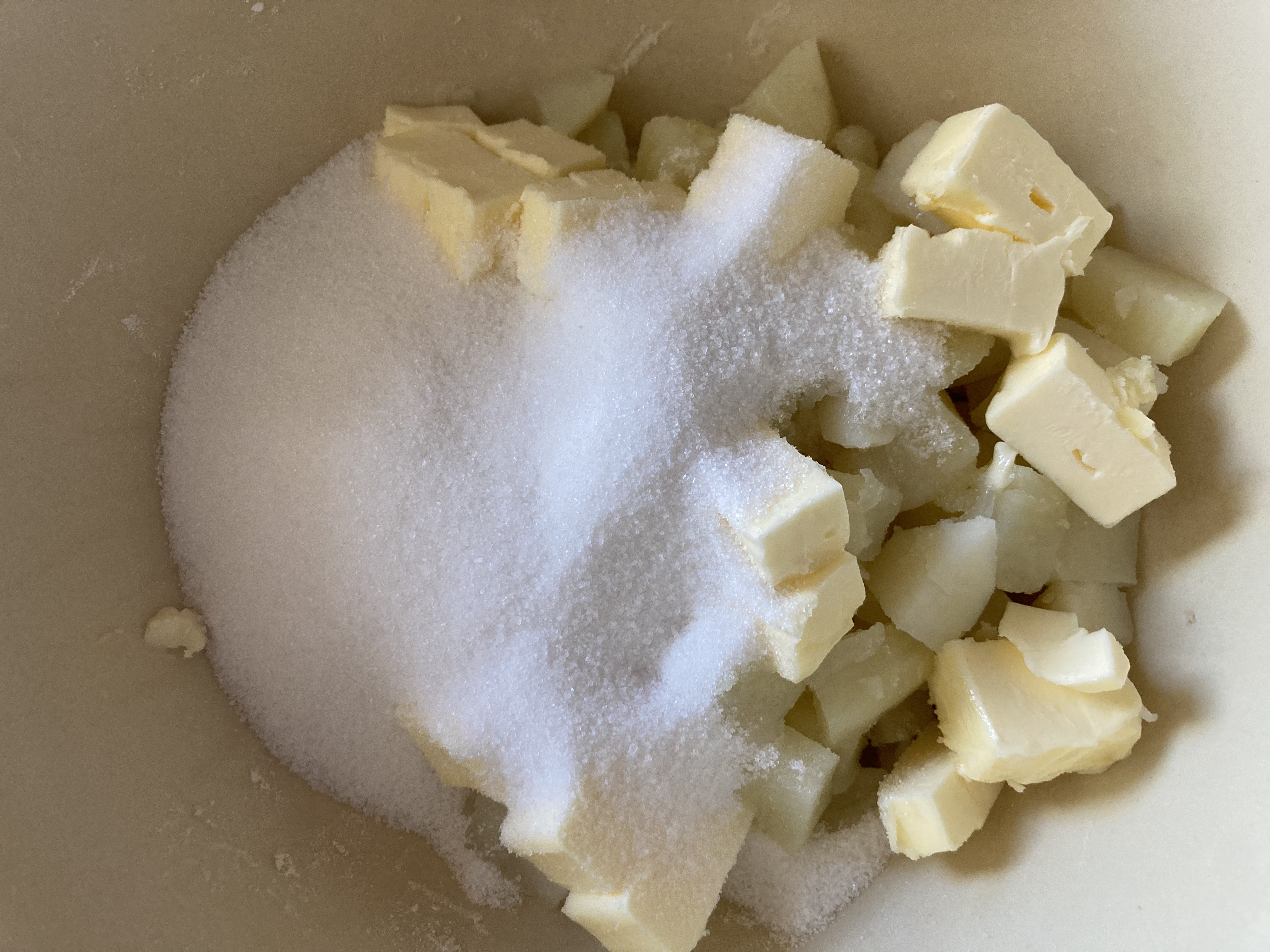
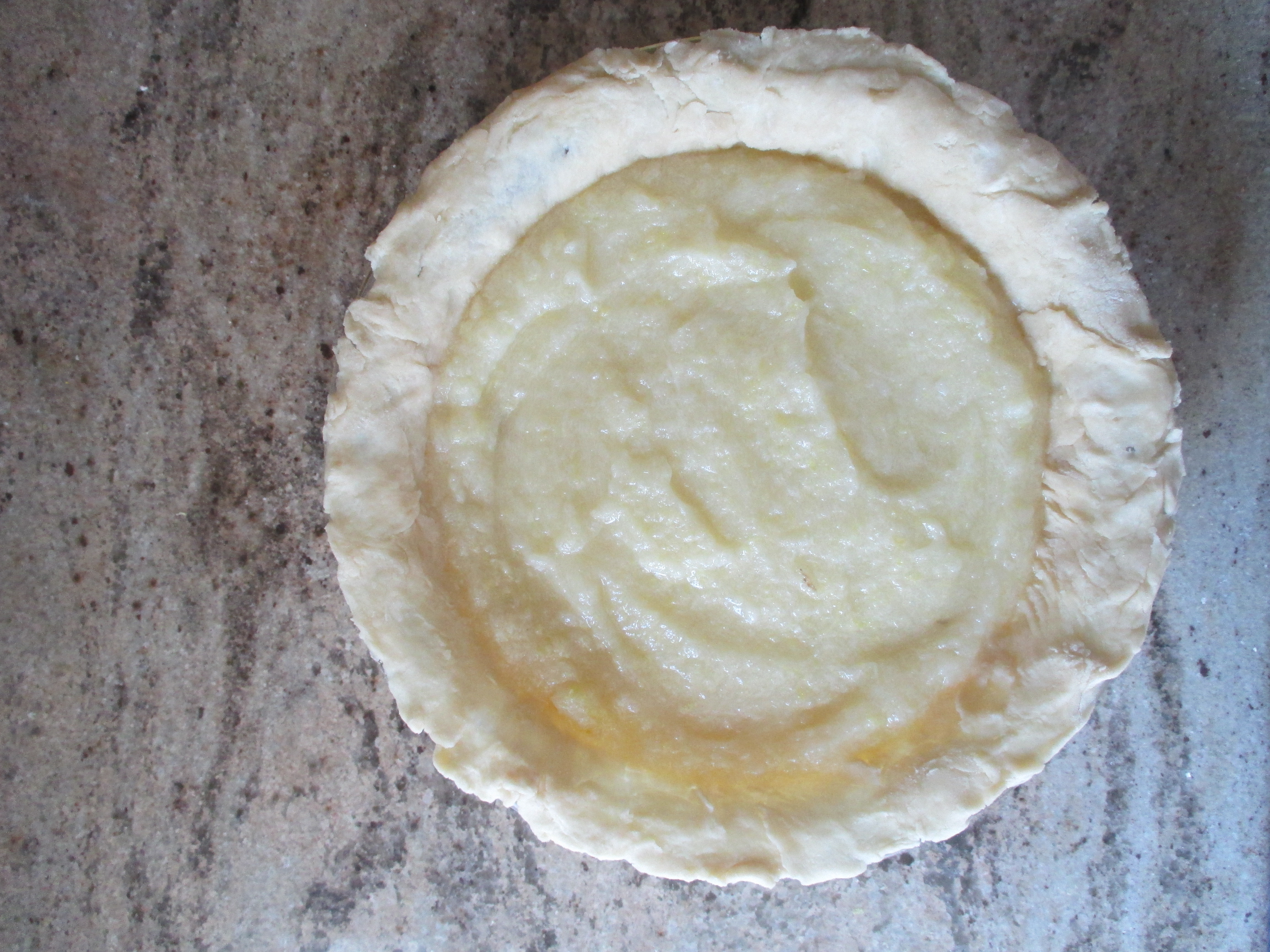
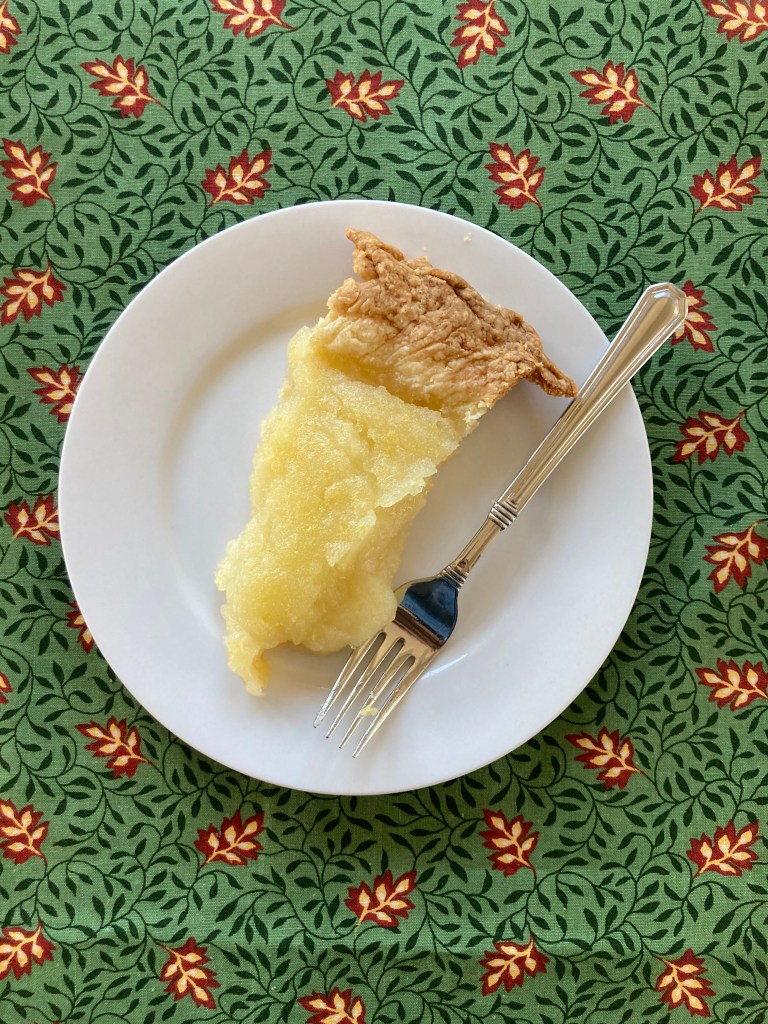







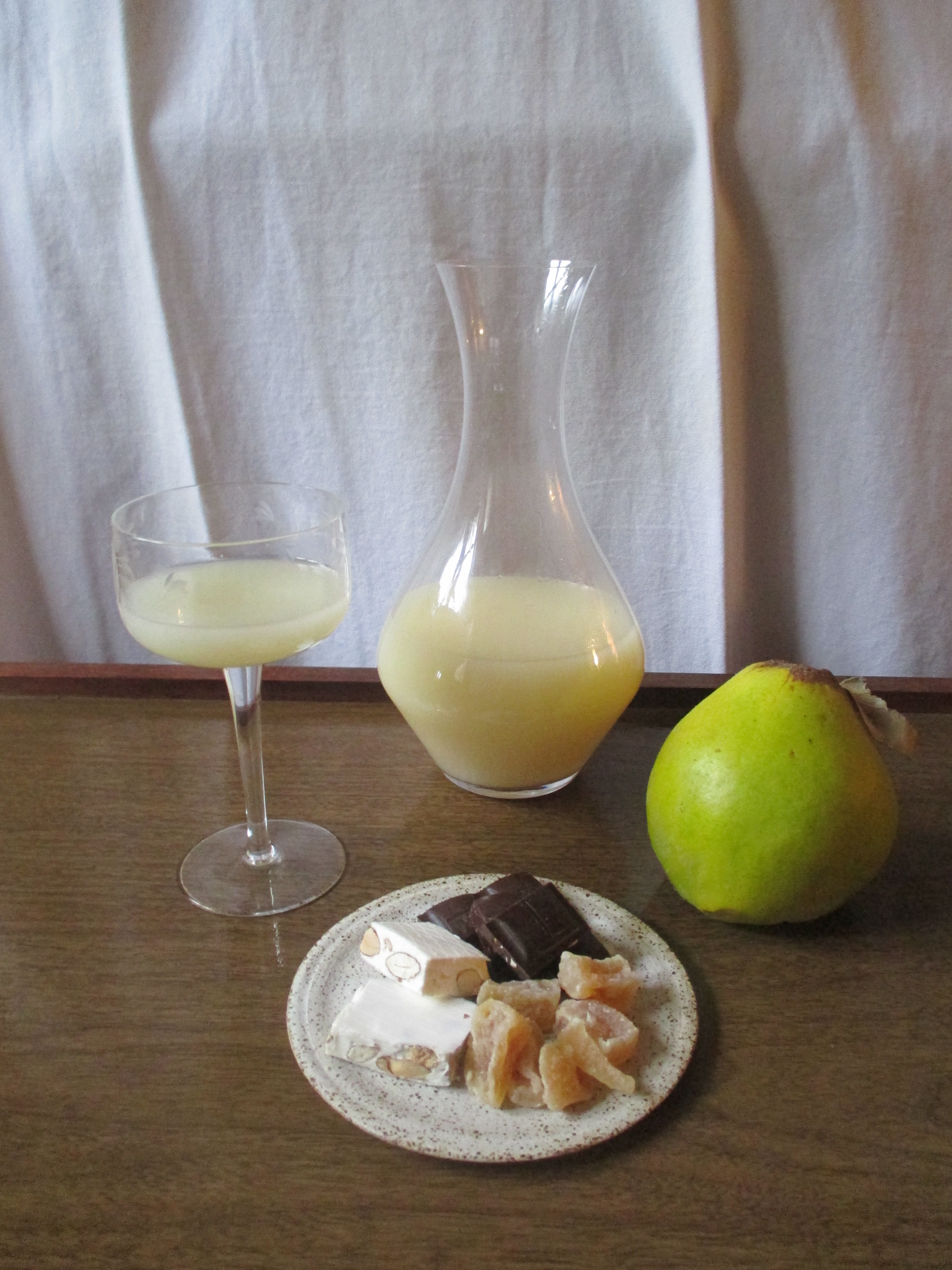
You must be logged in to post a comment.